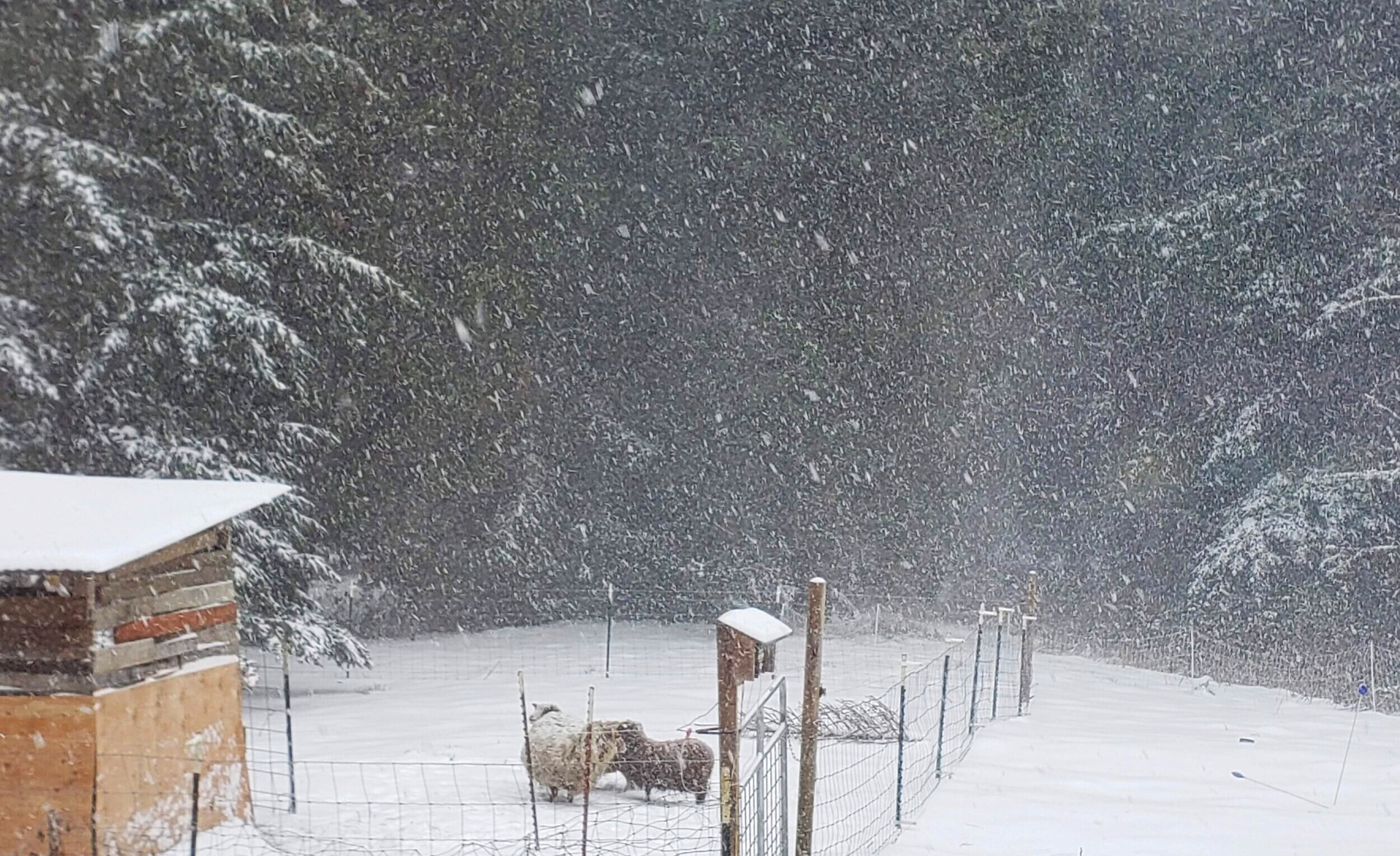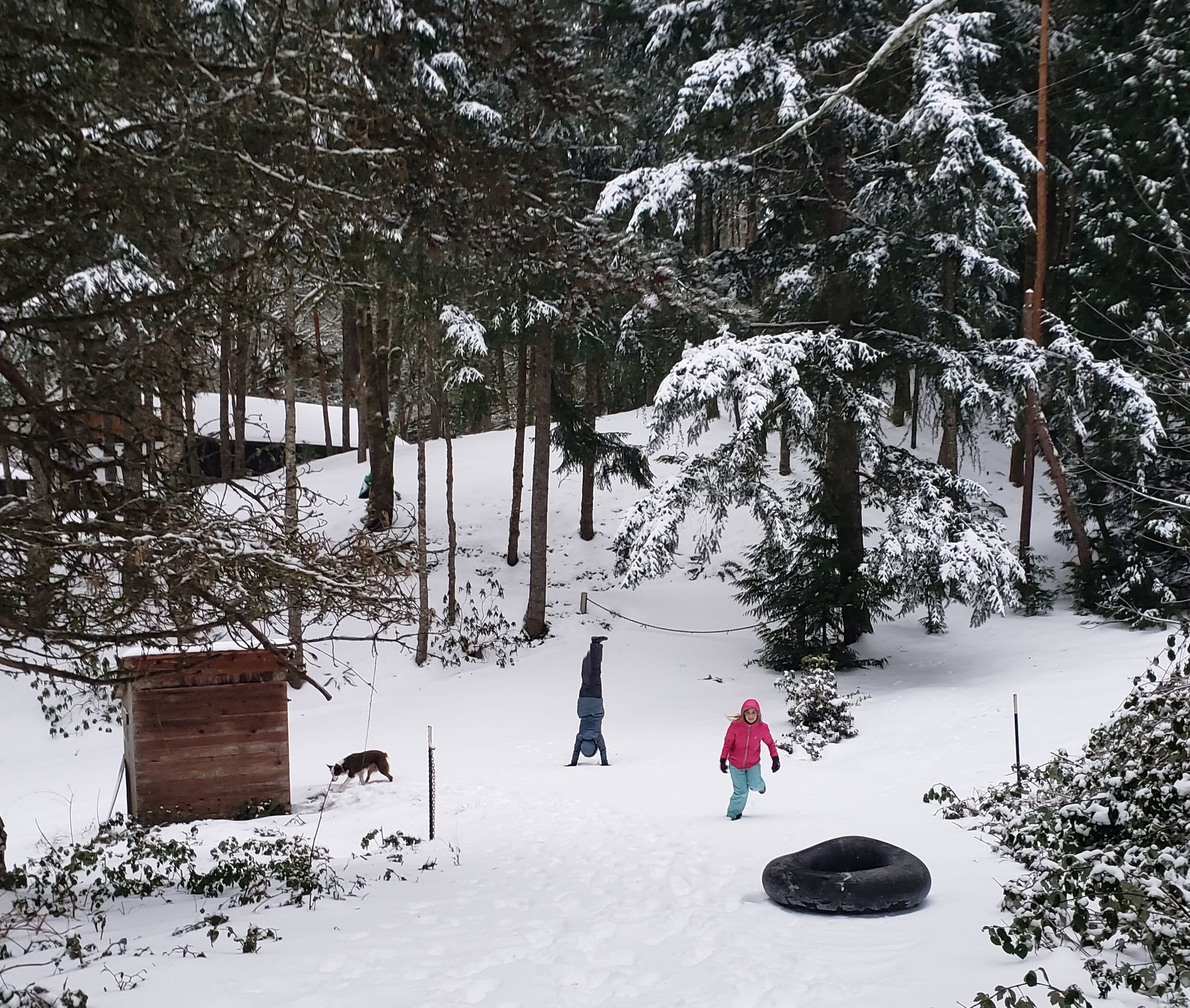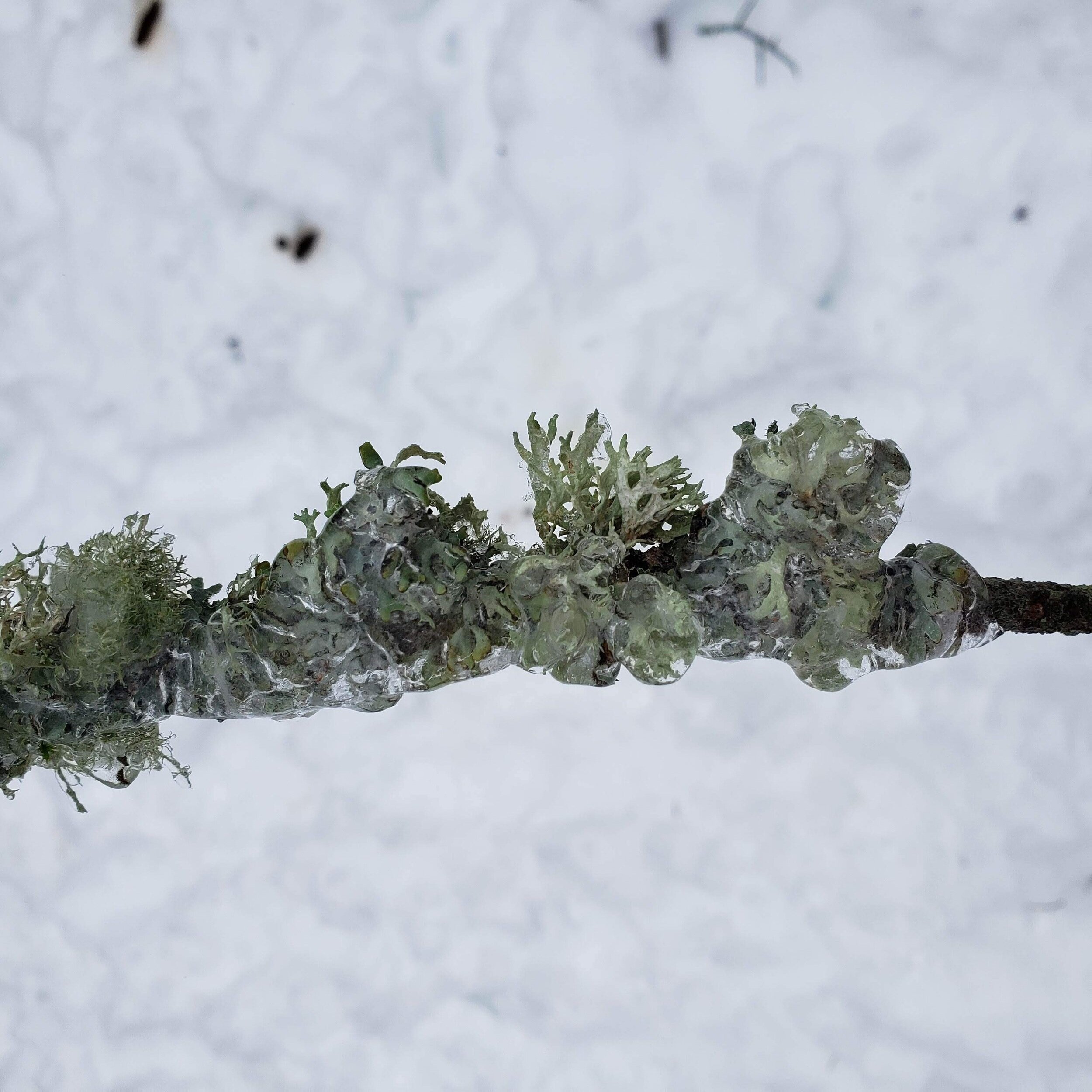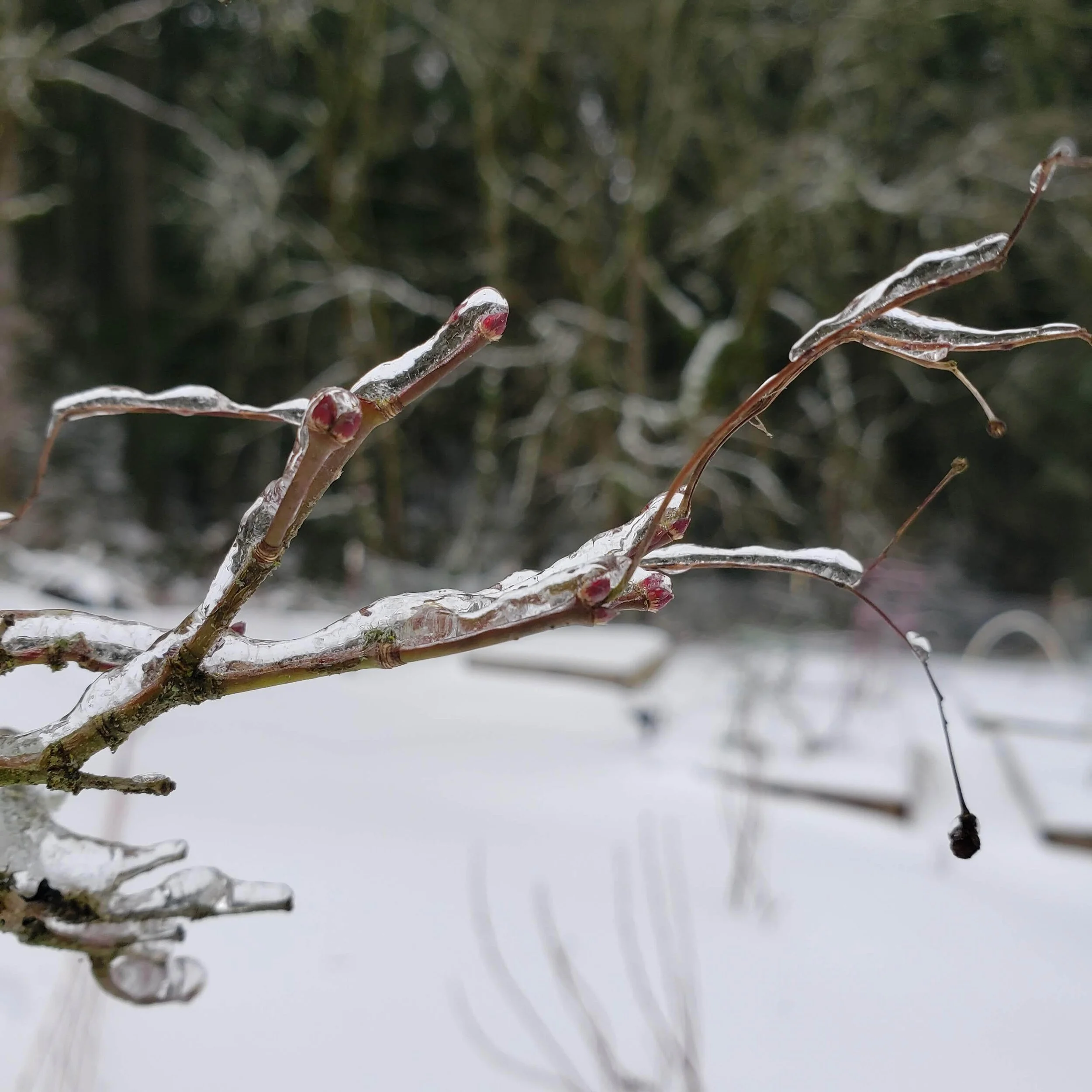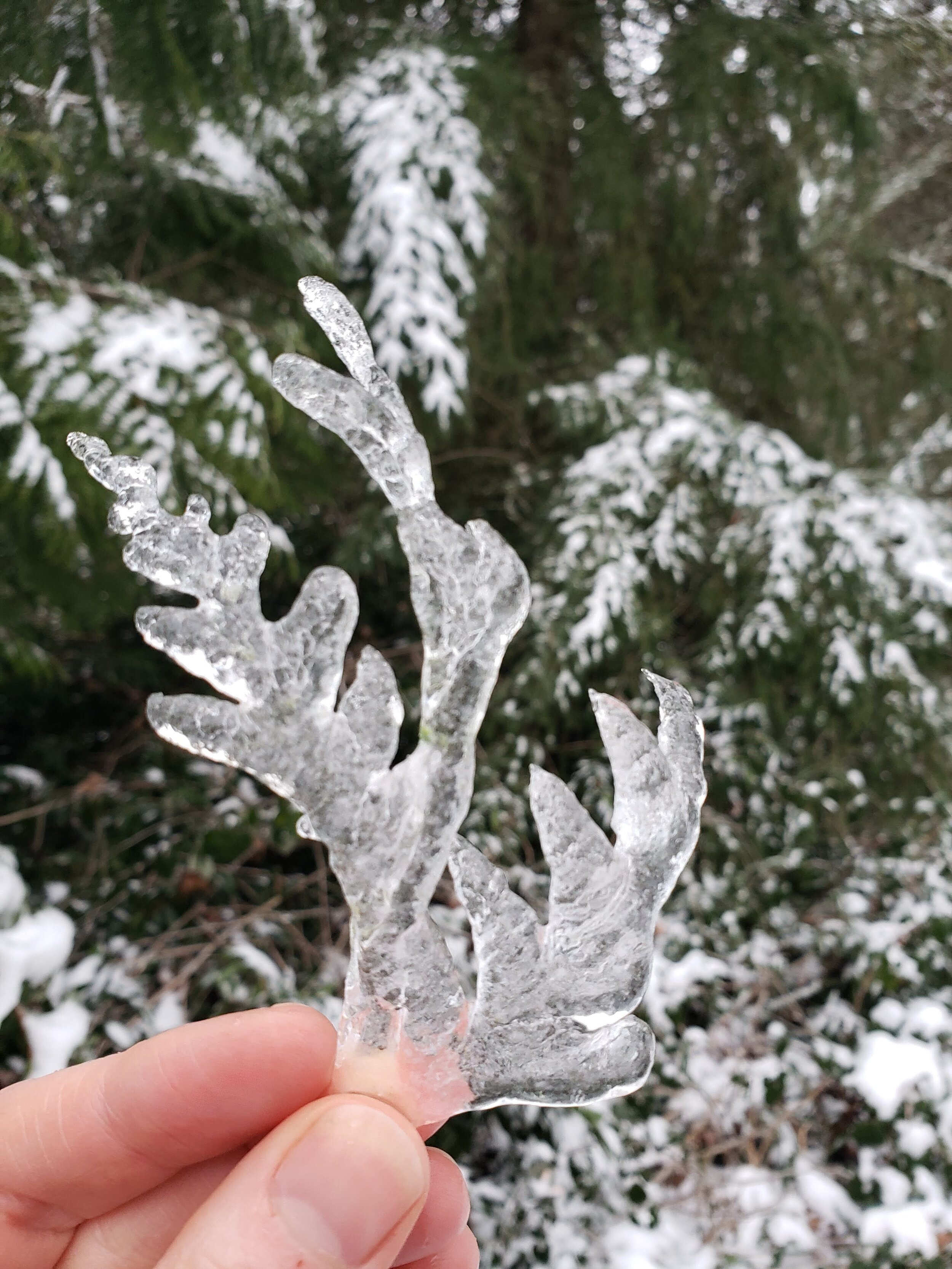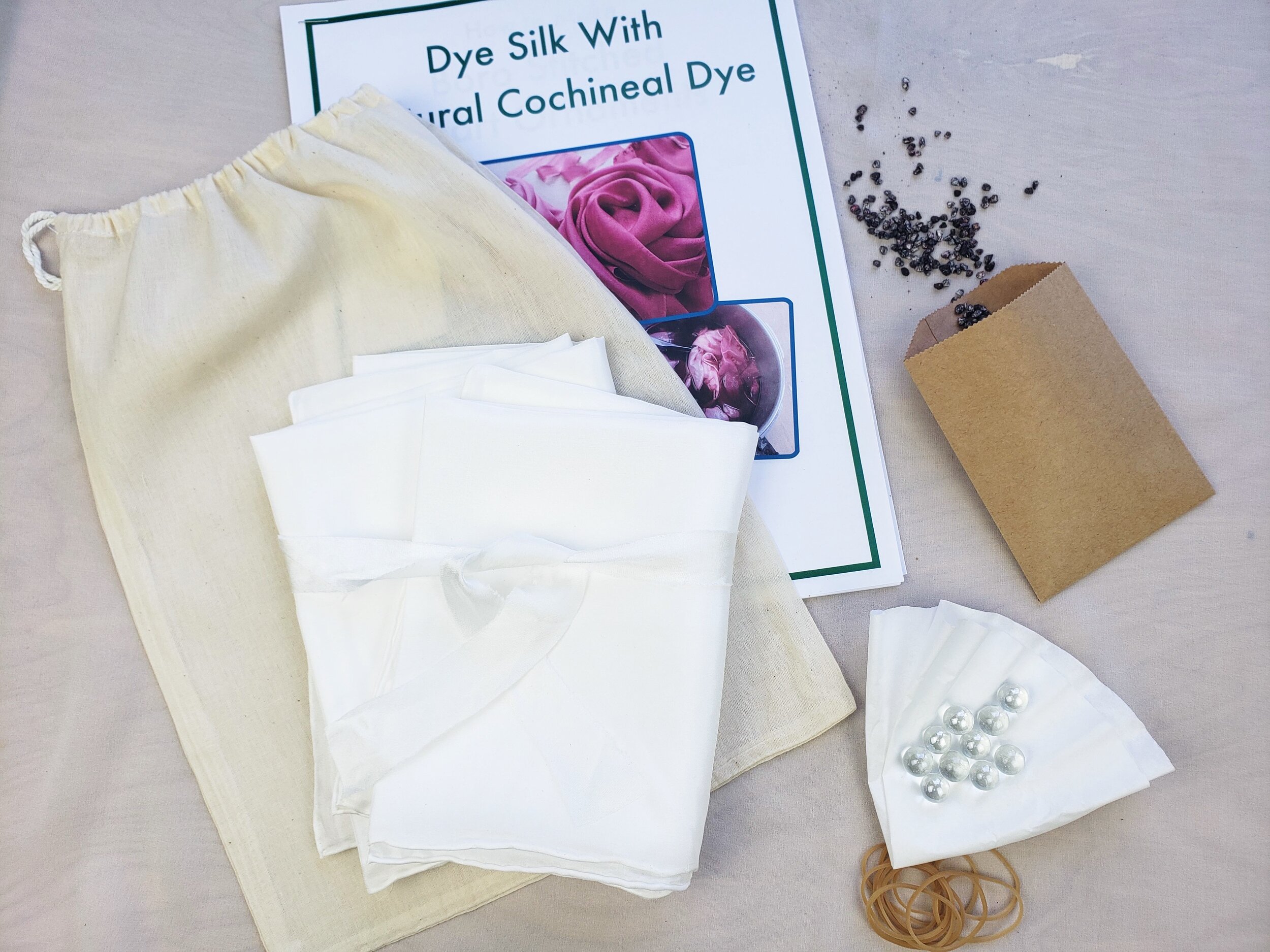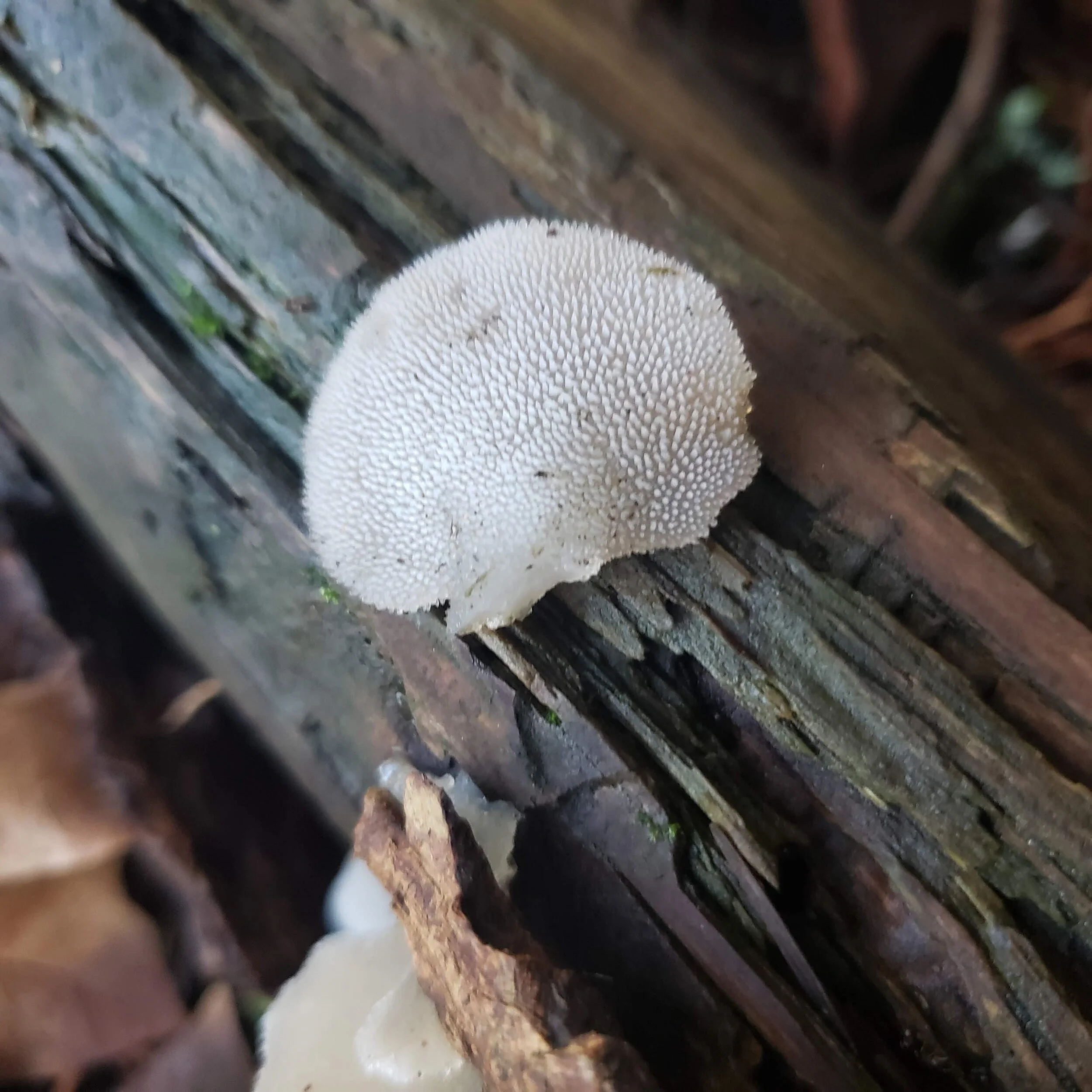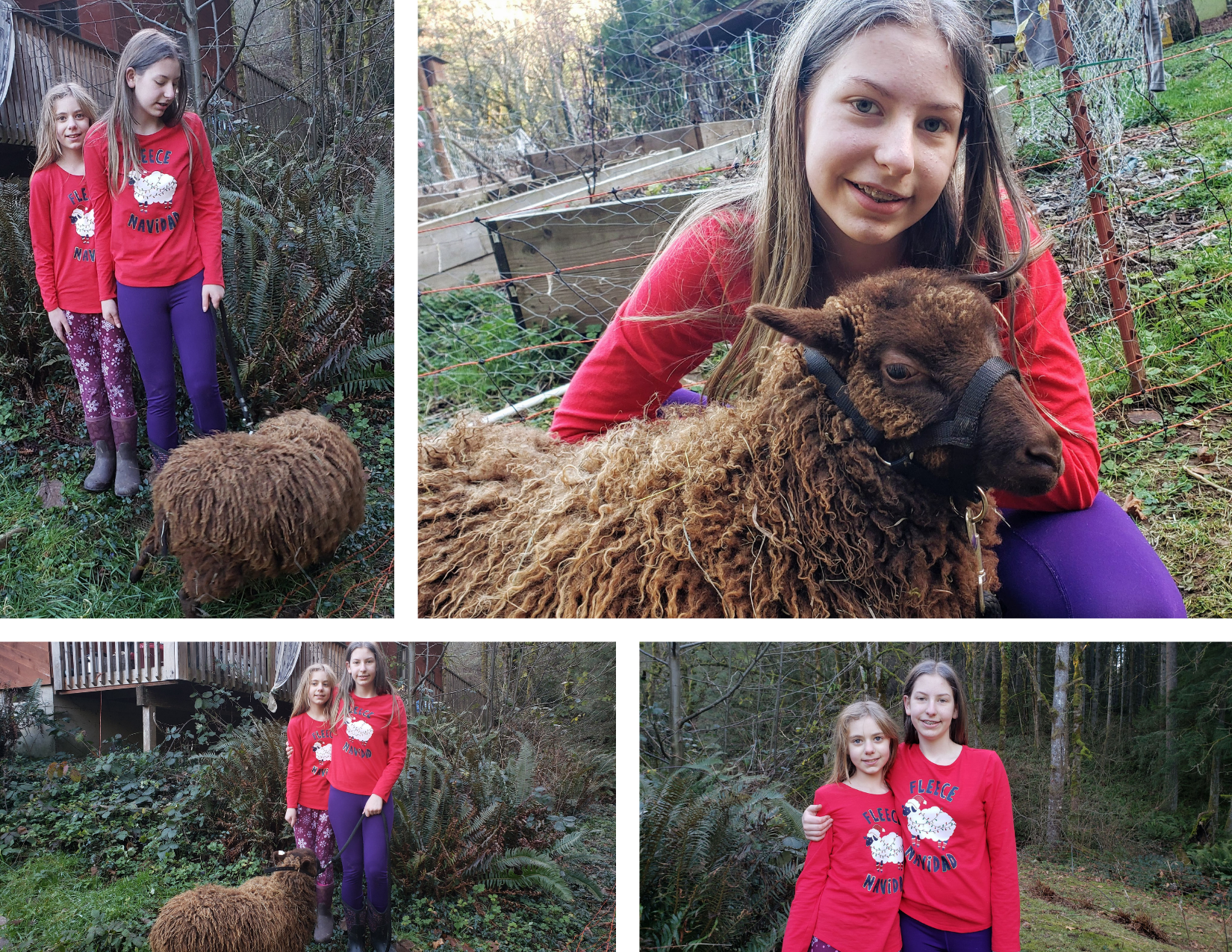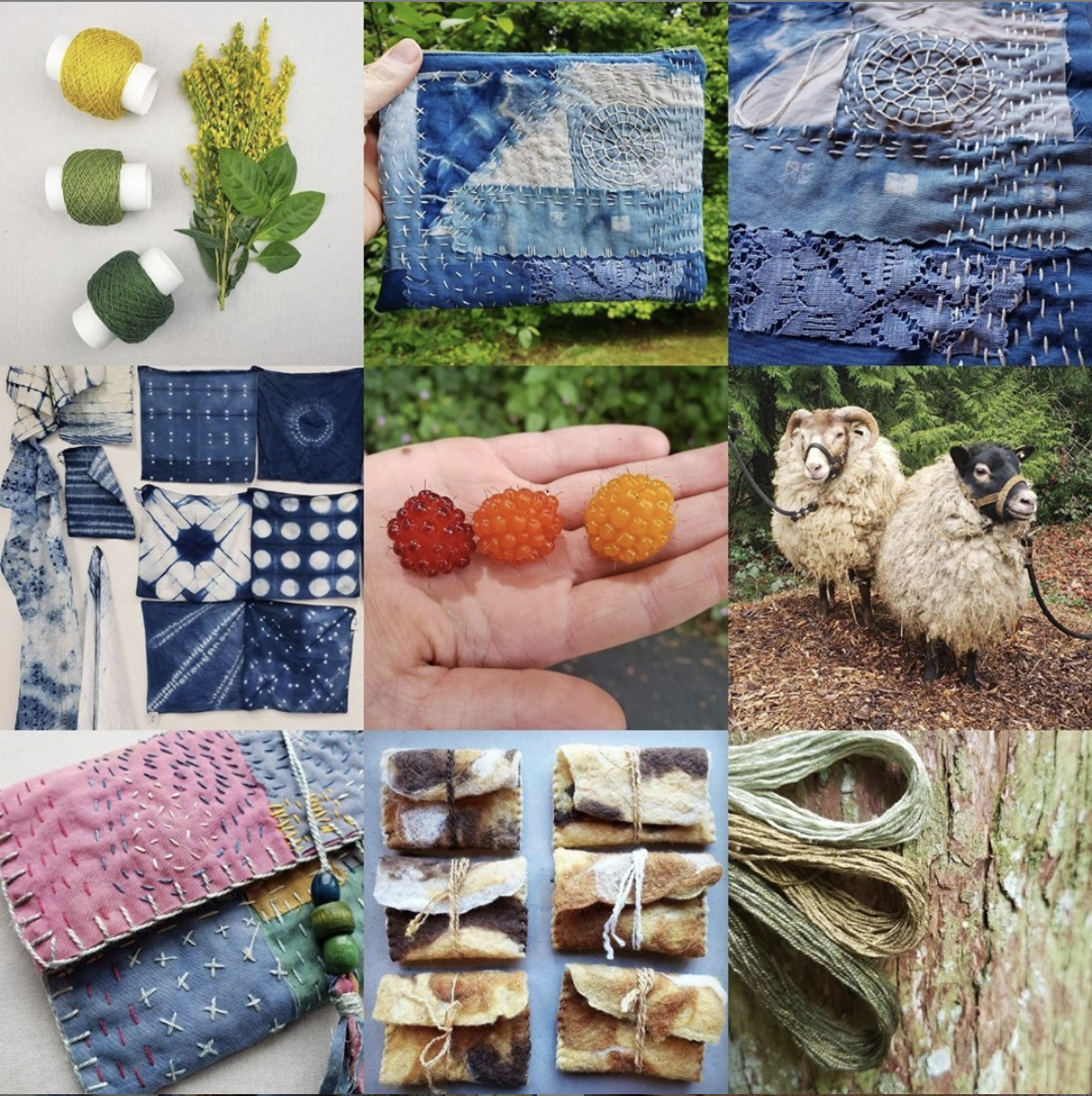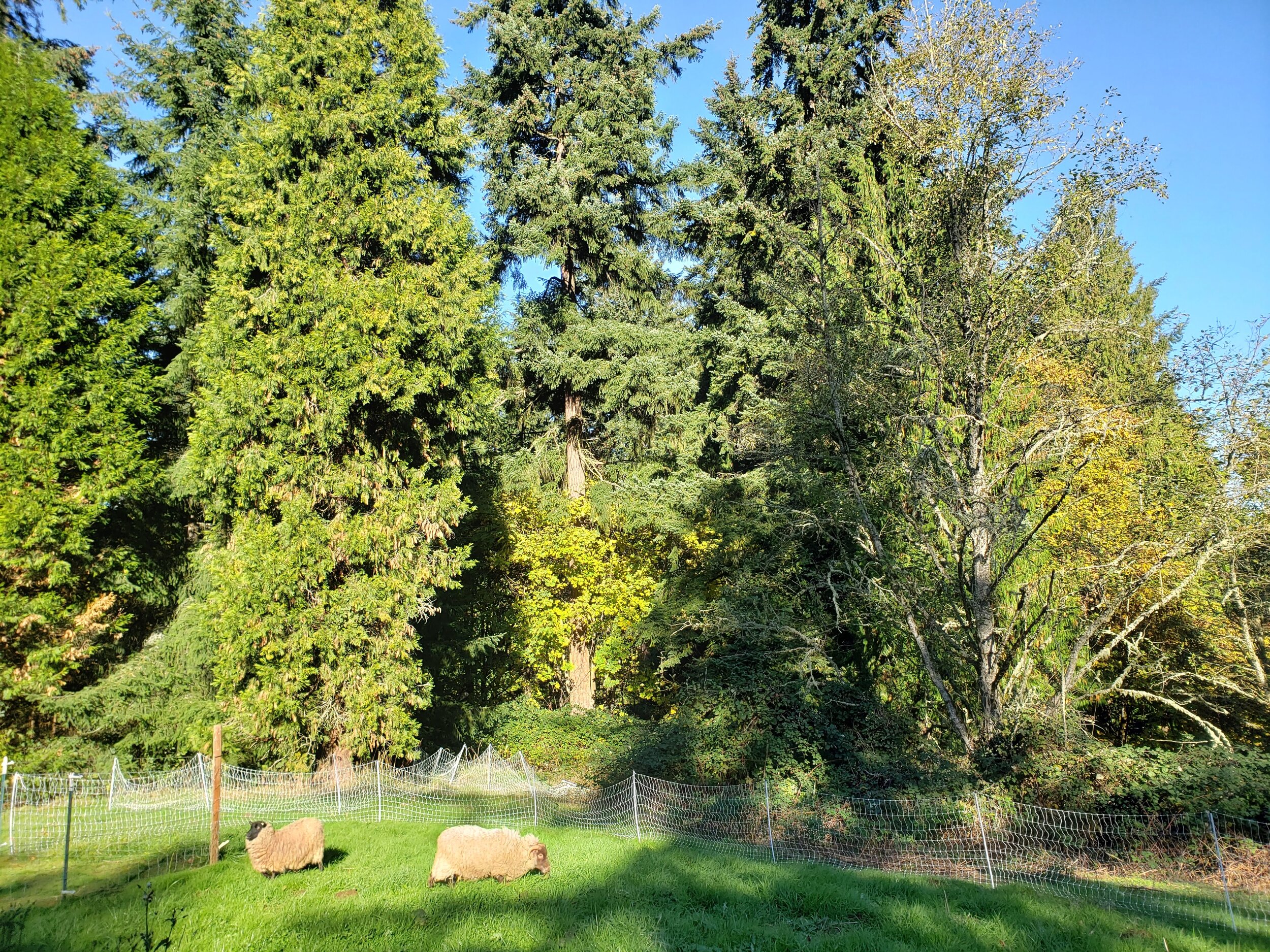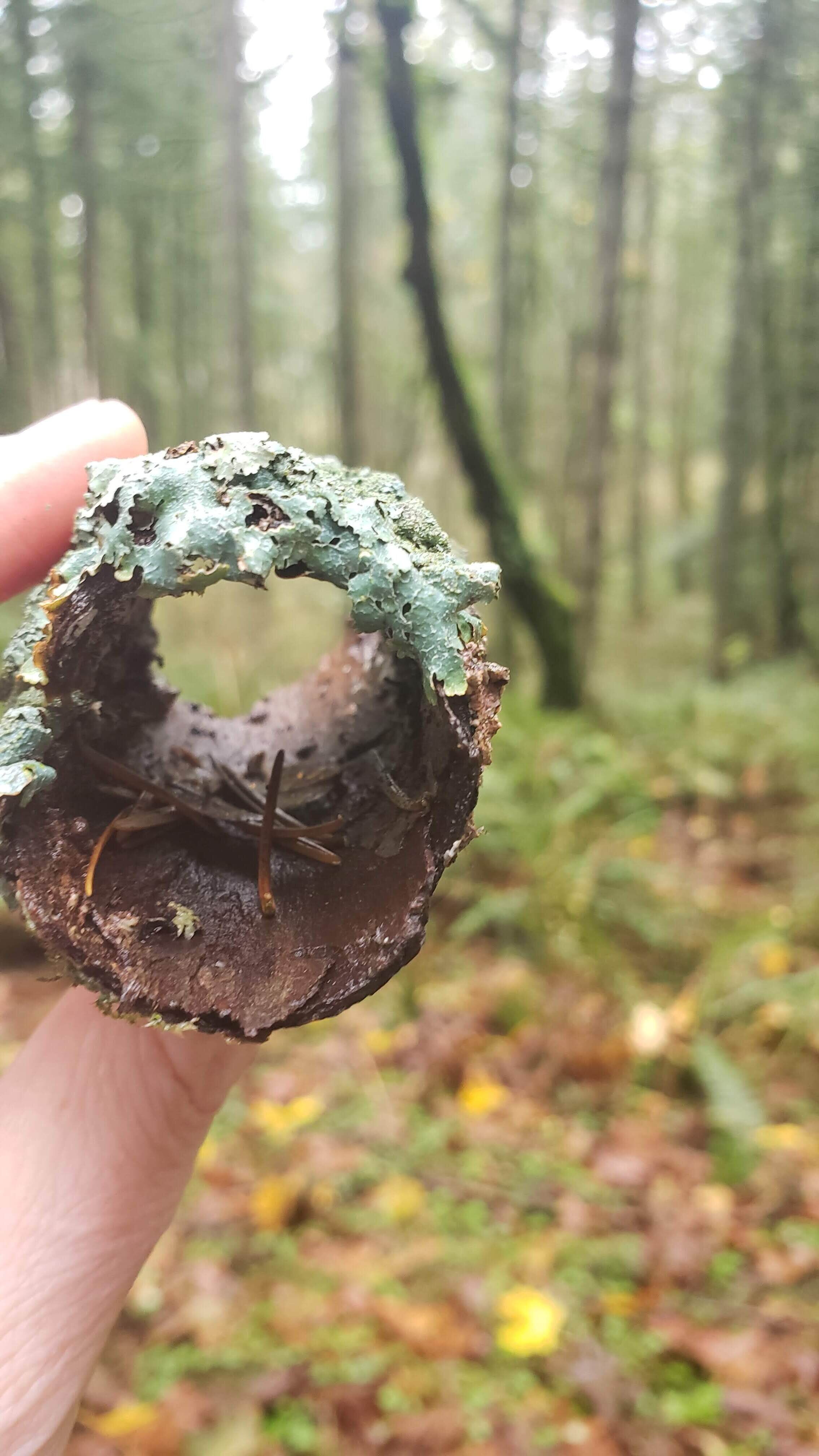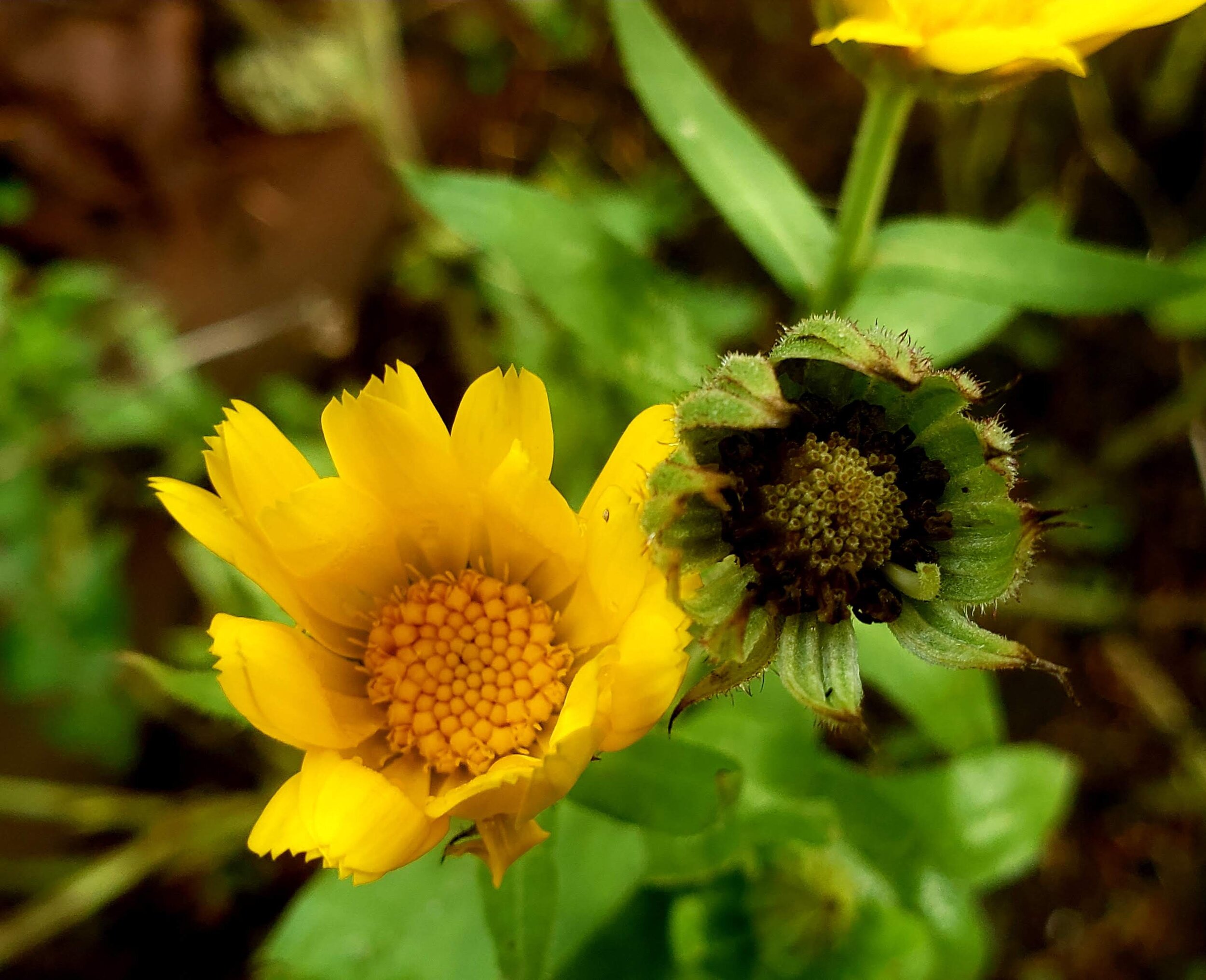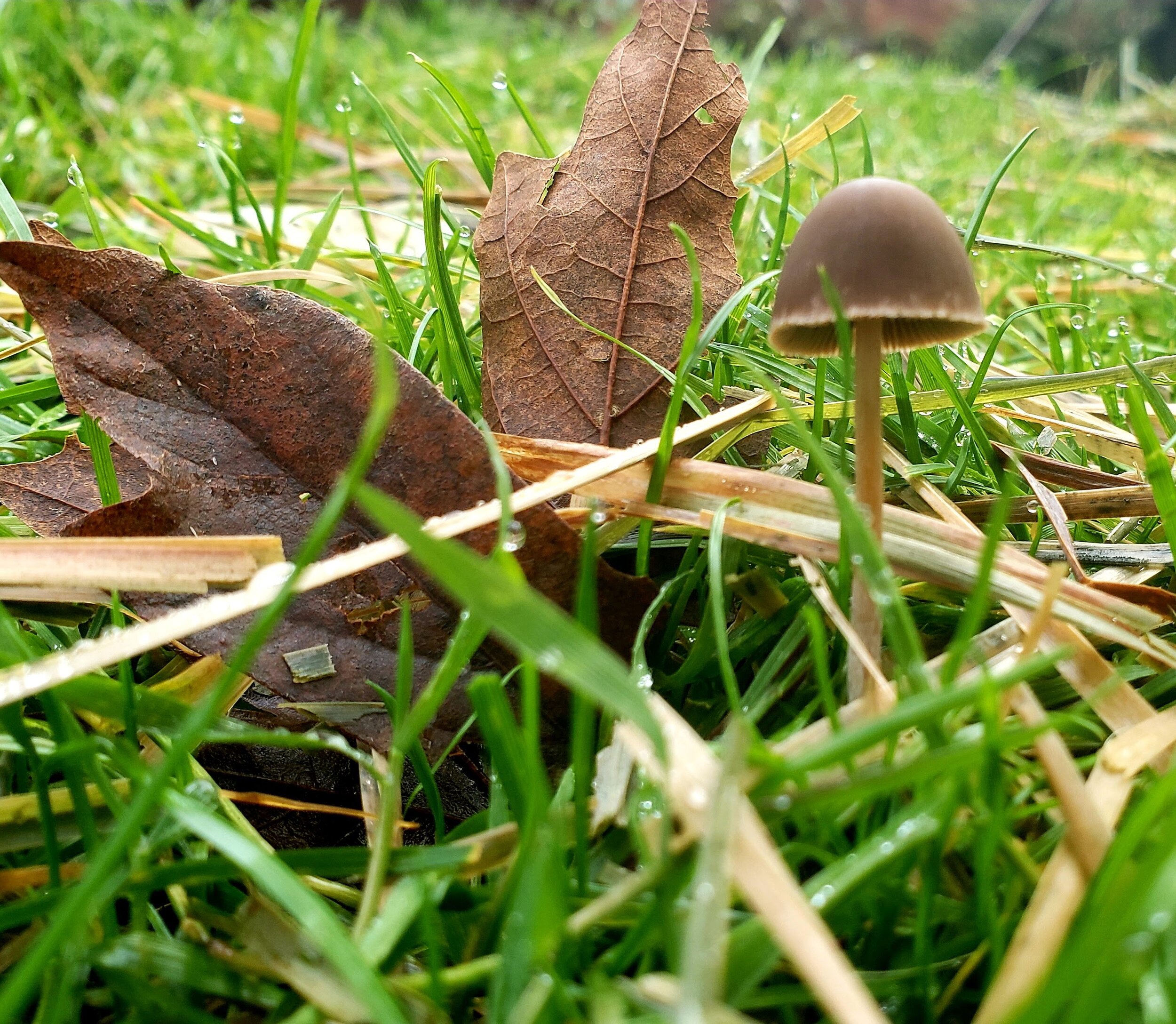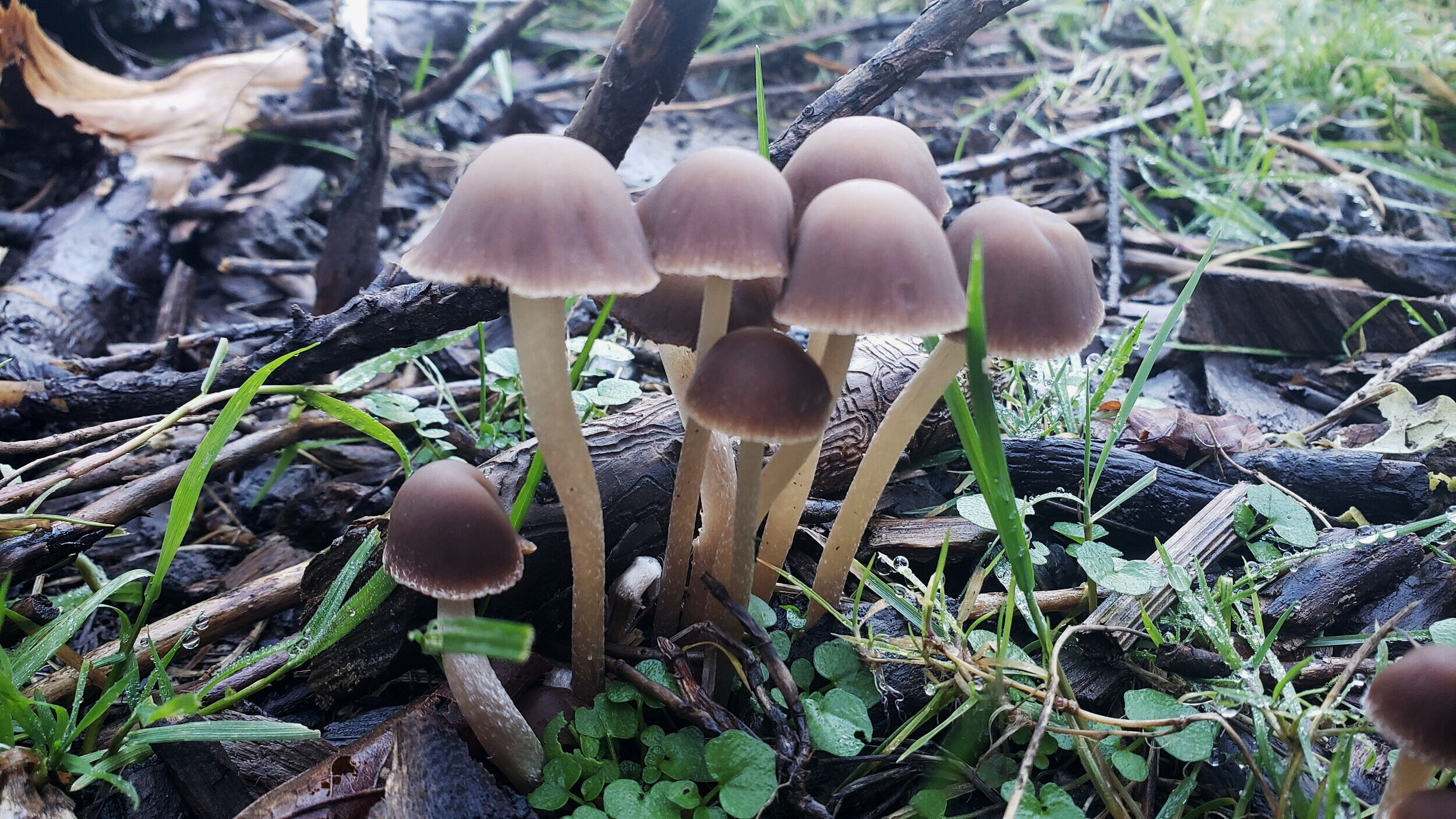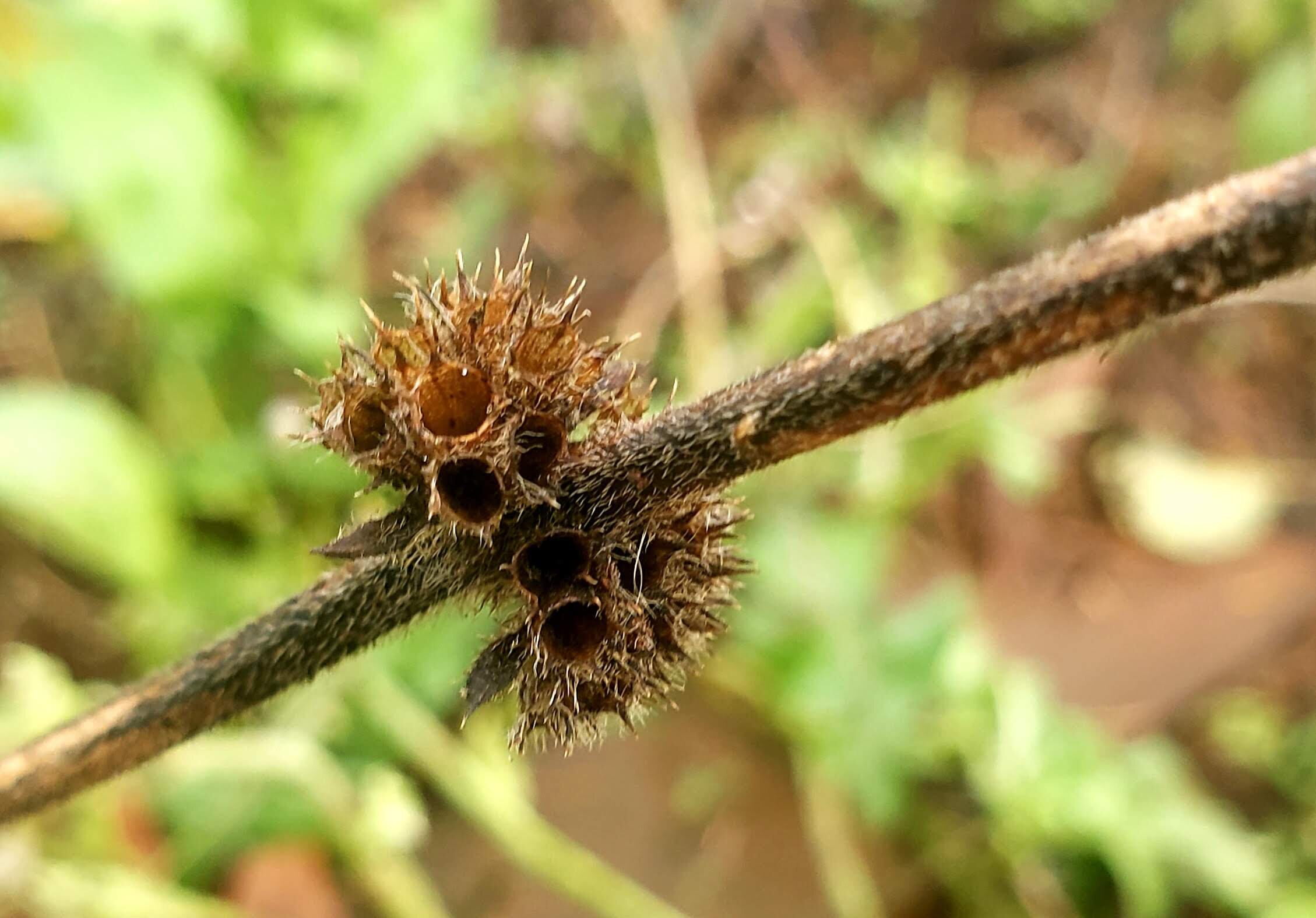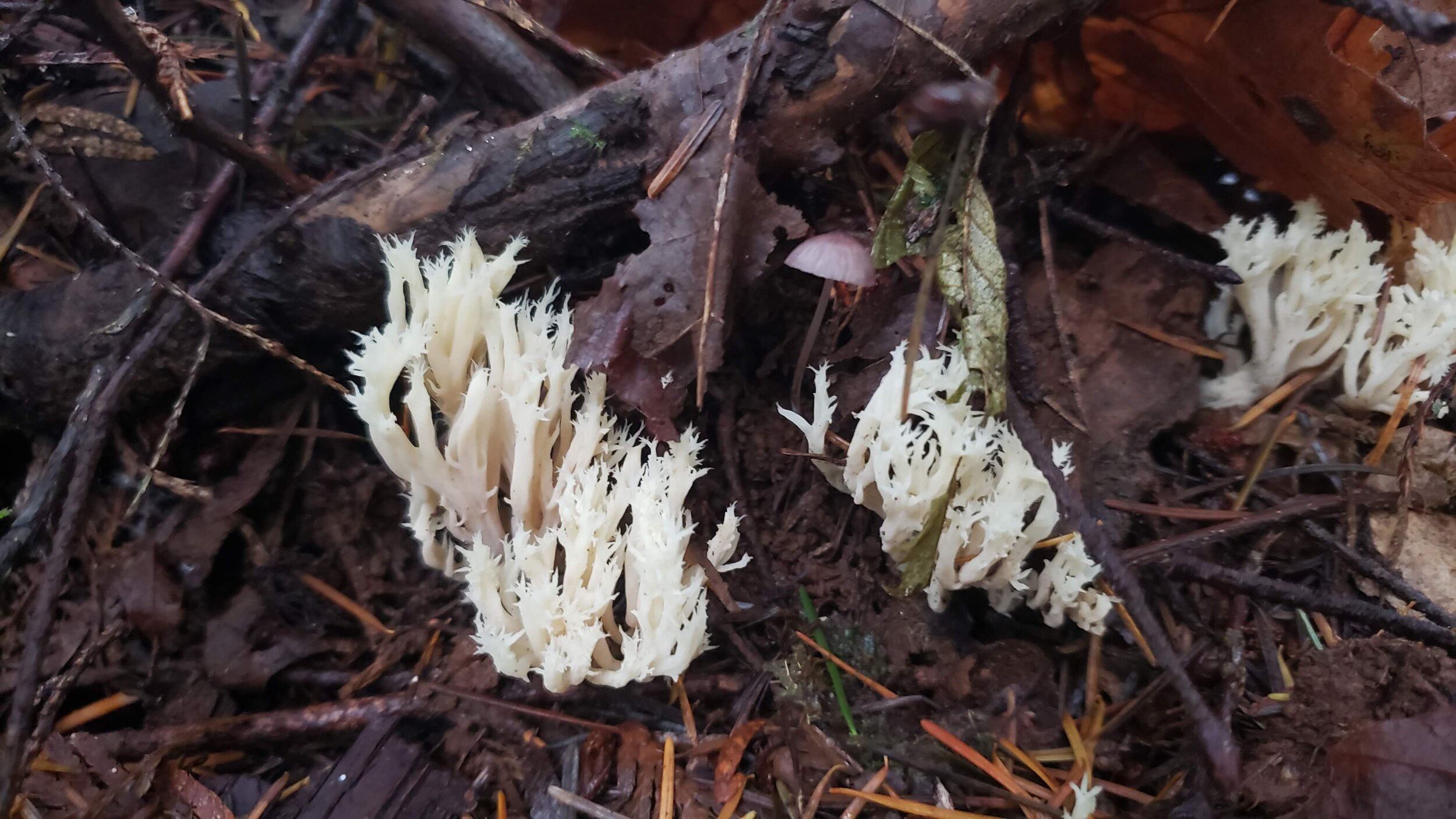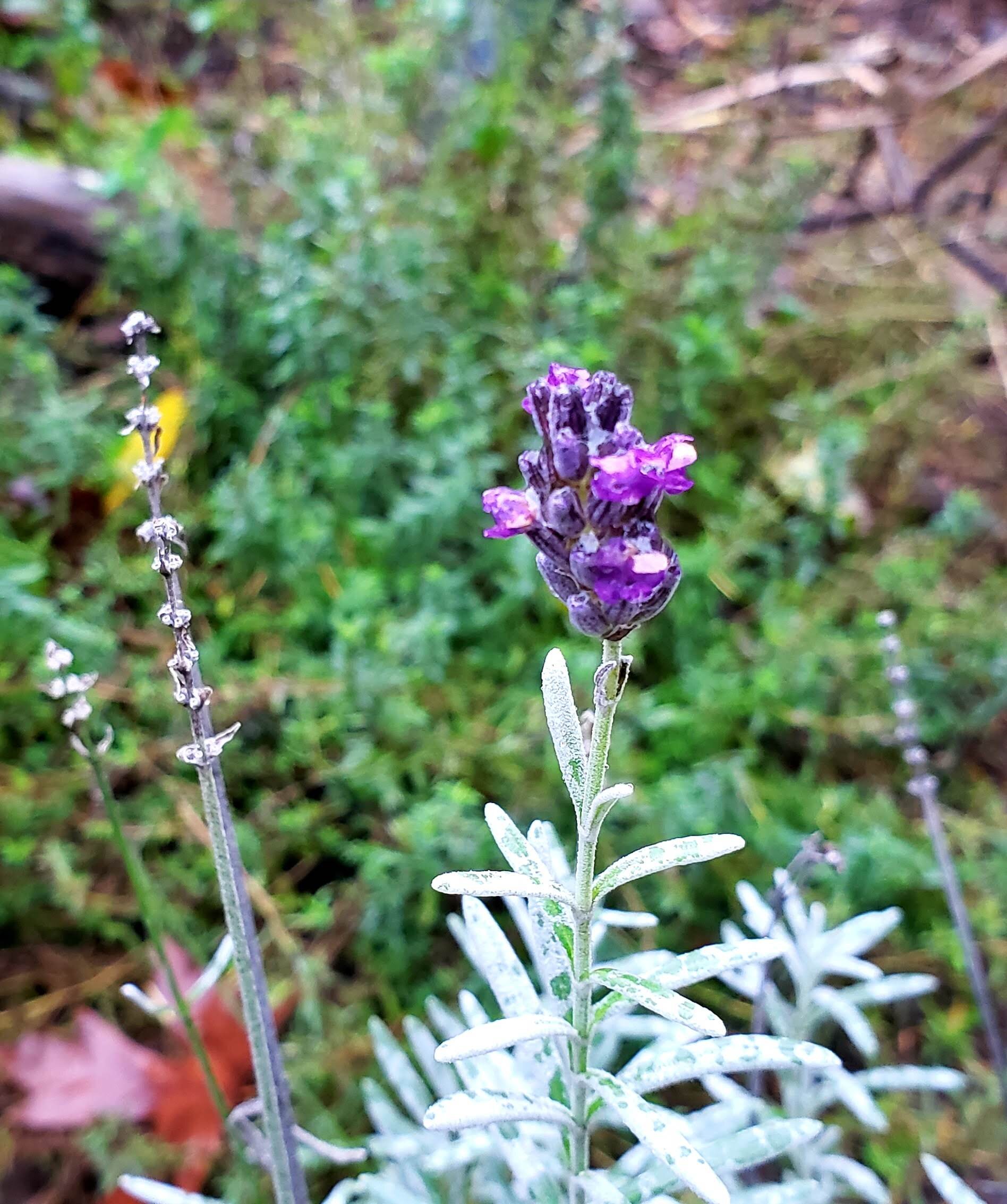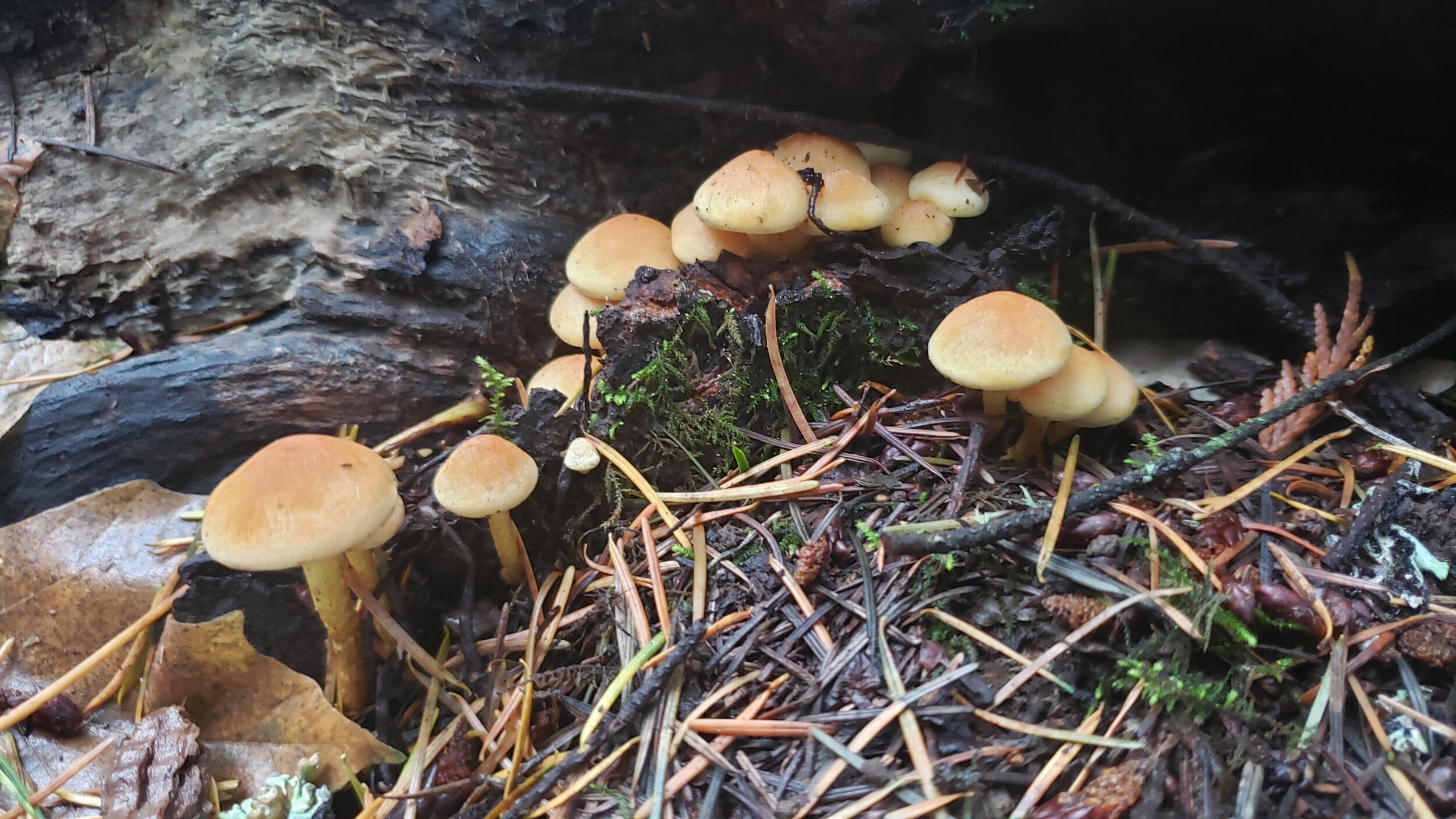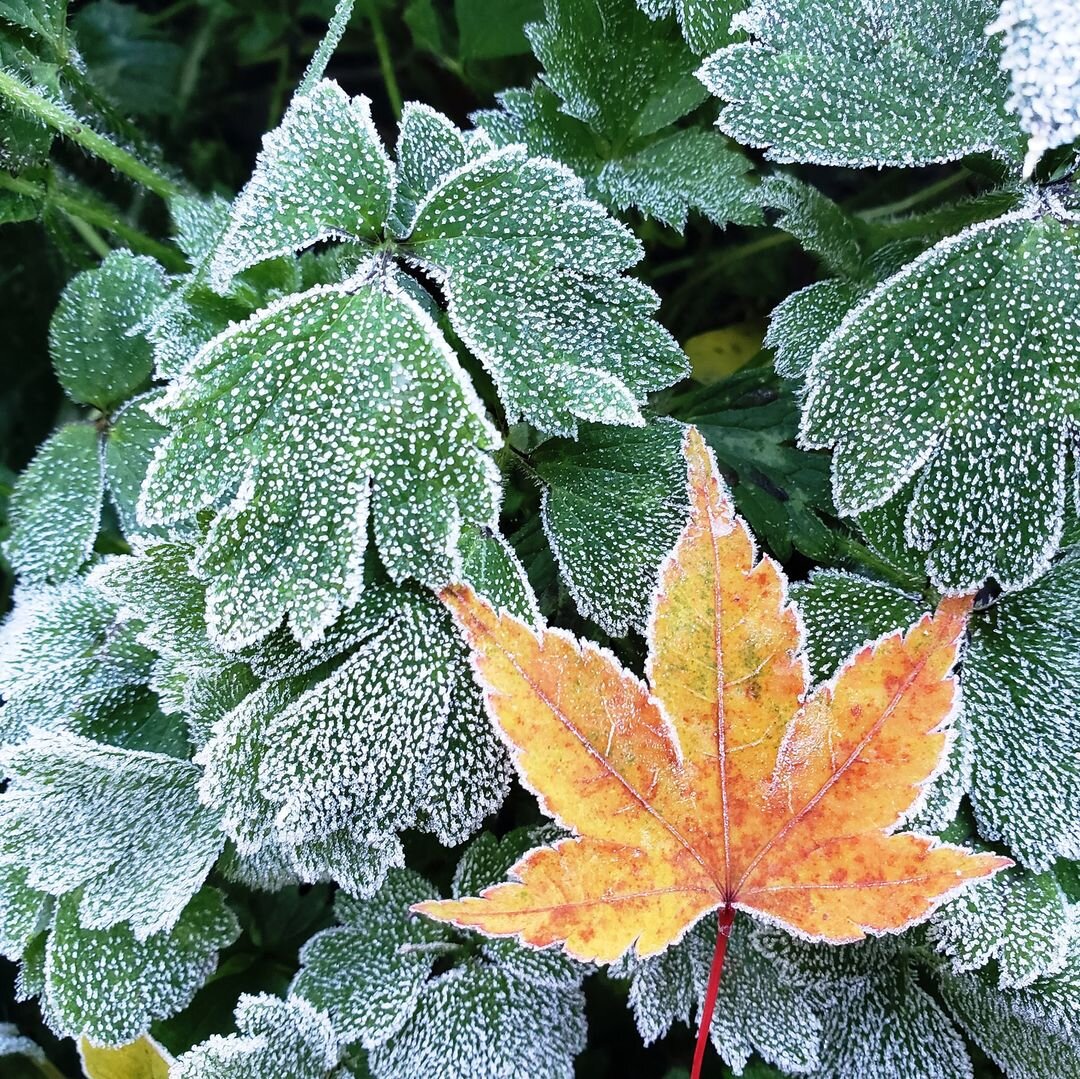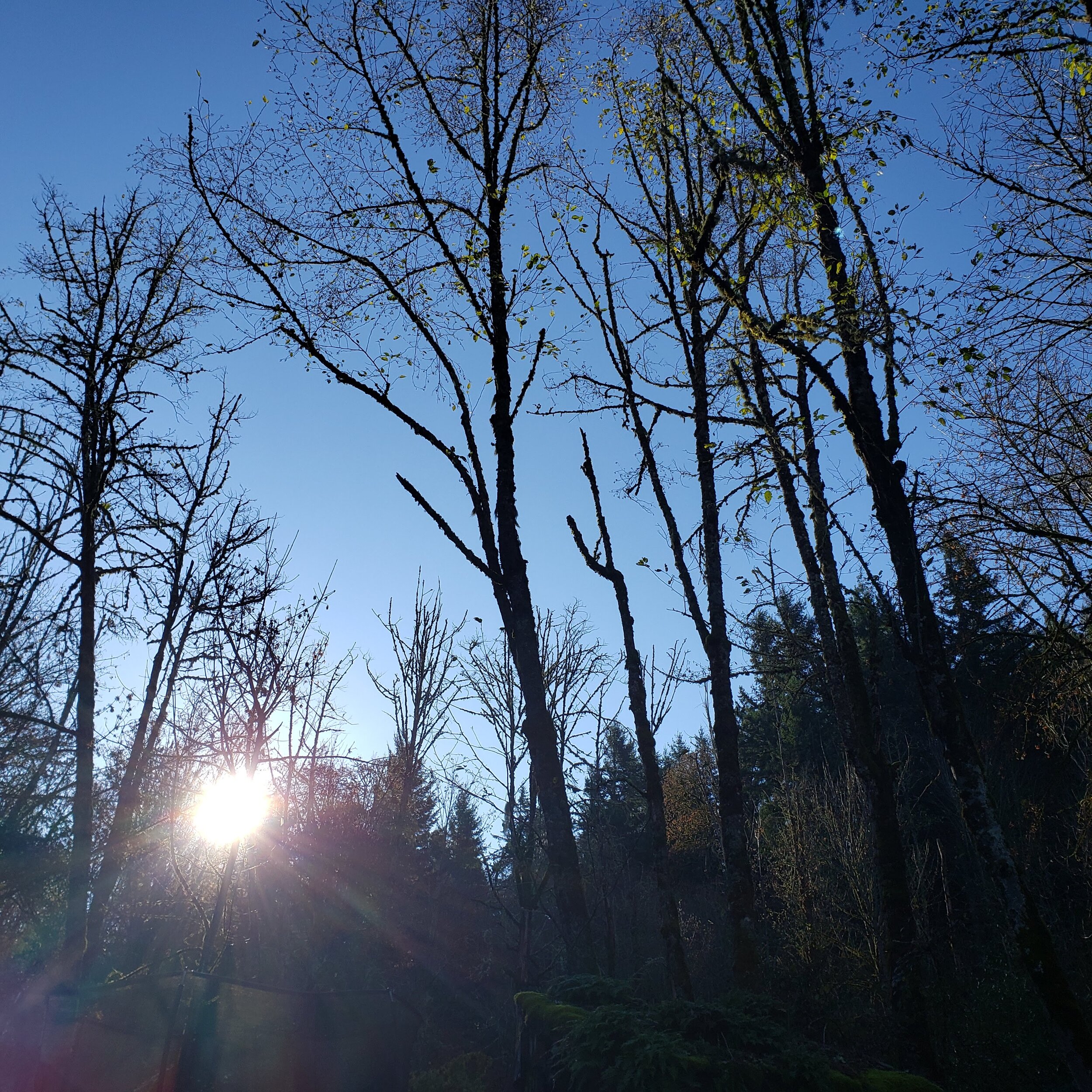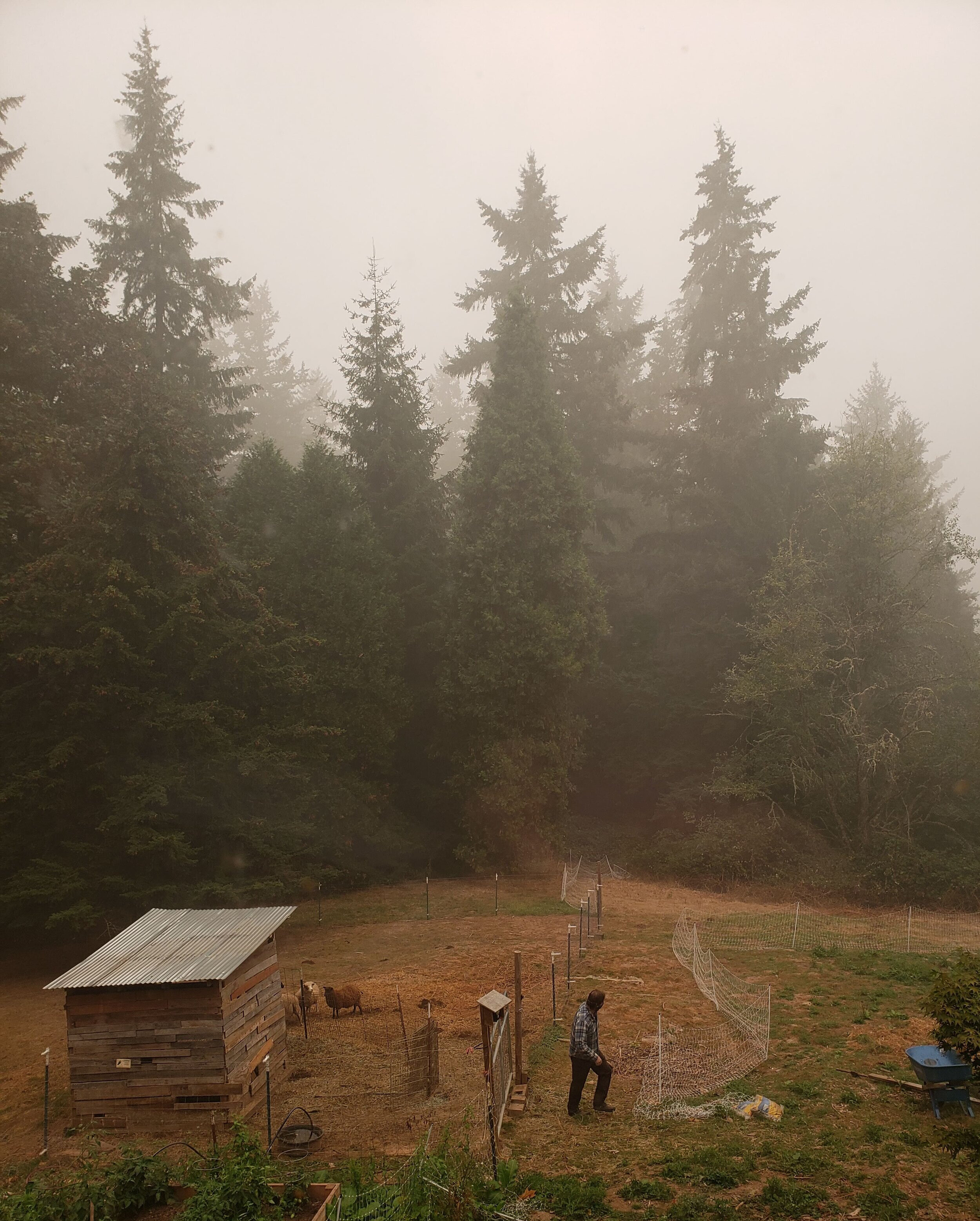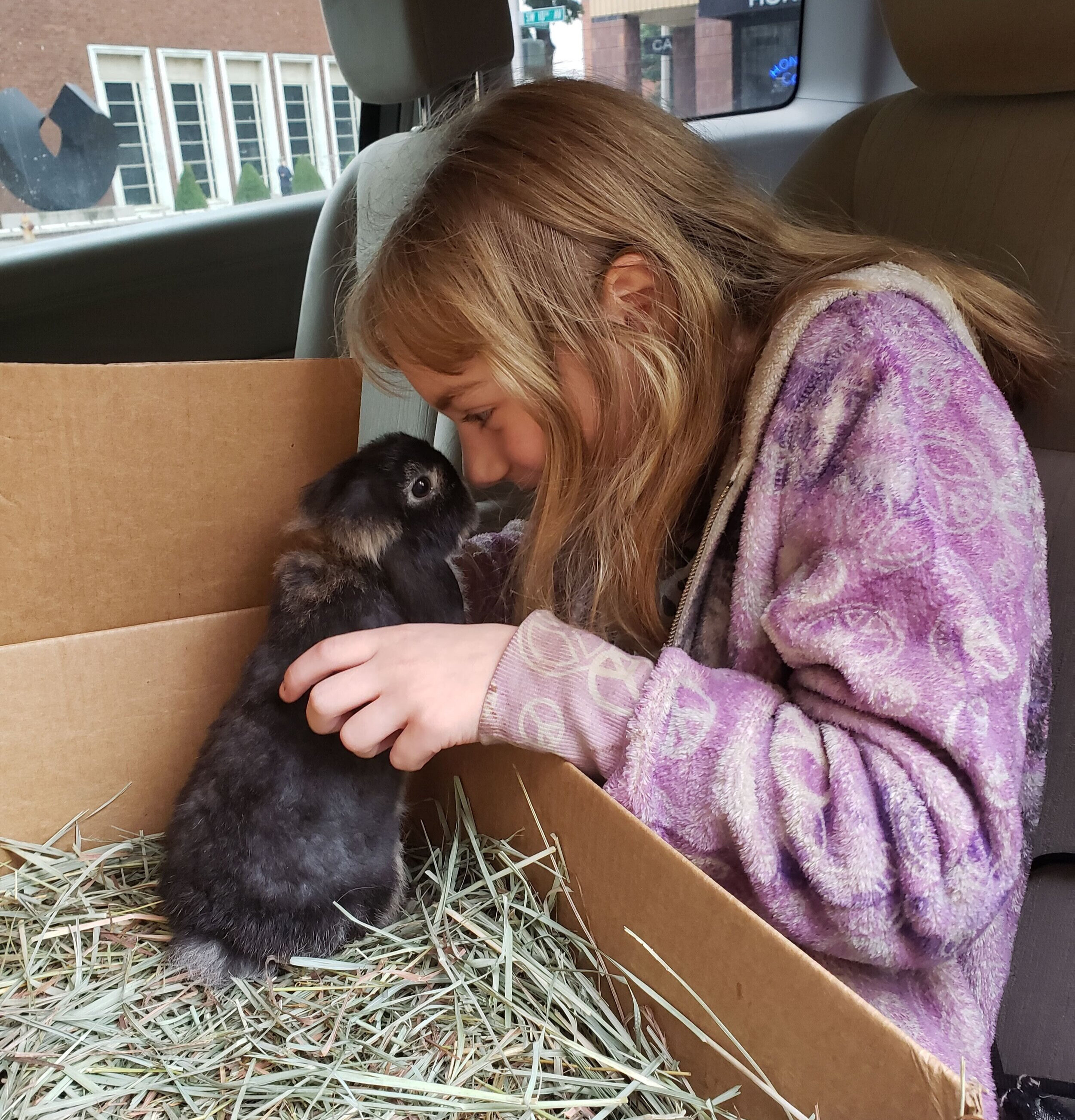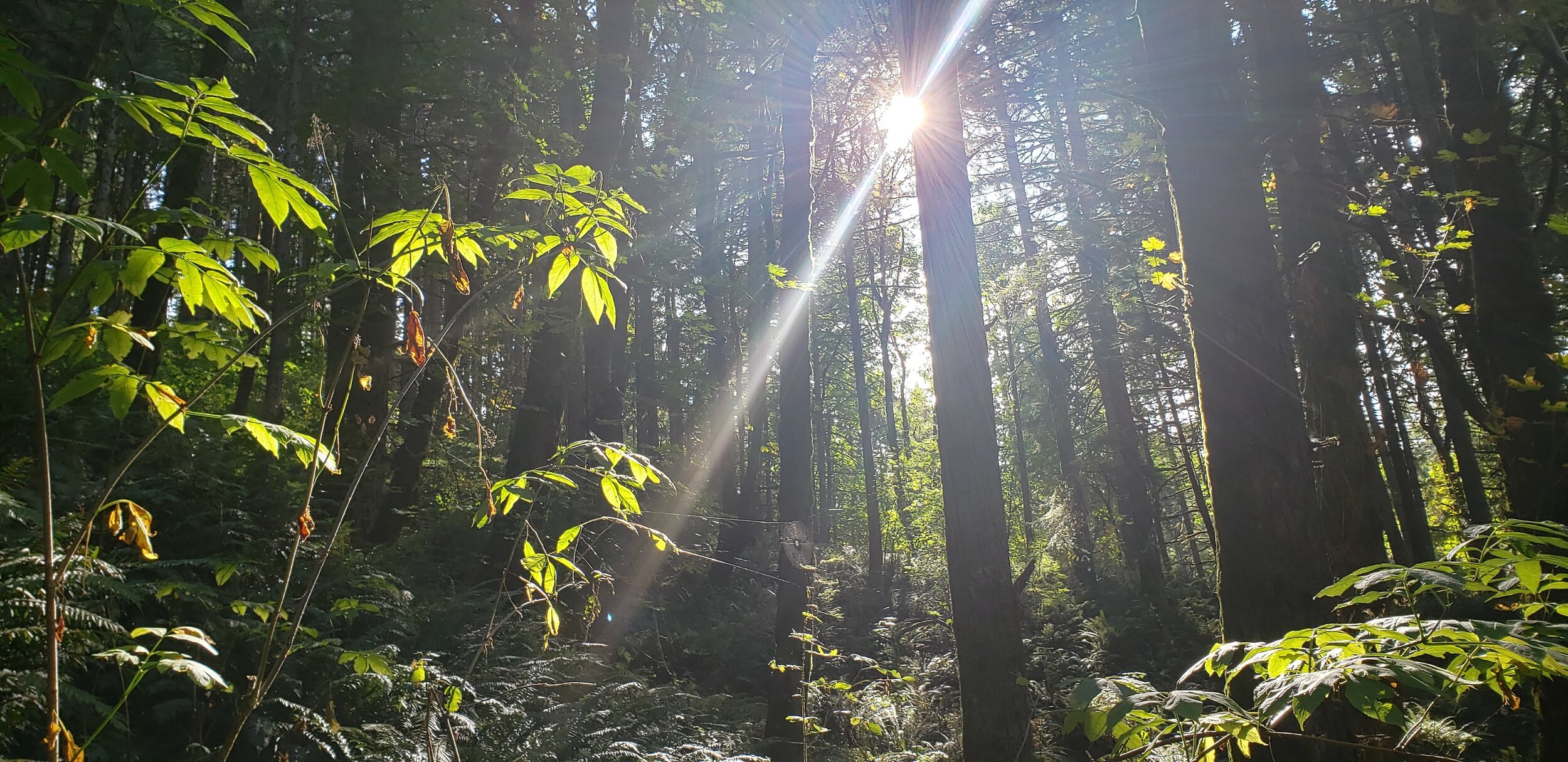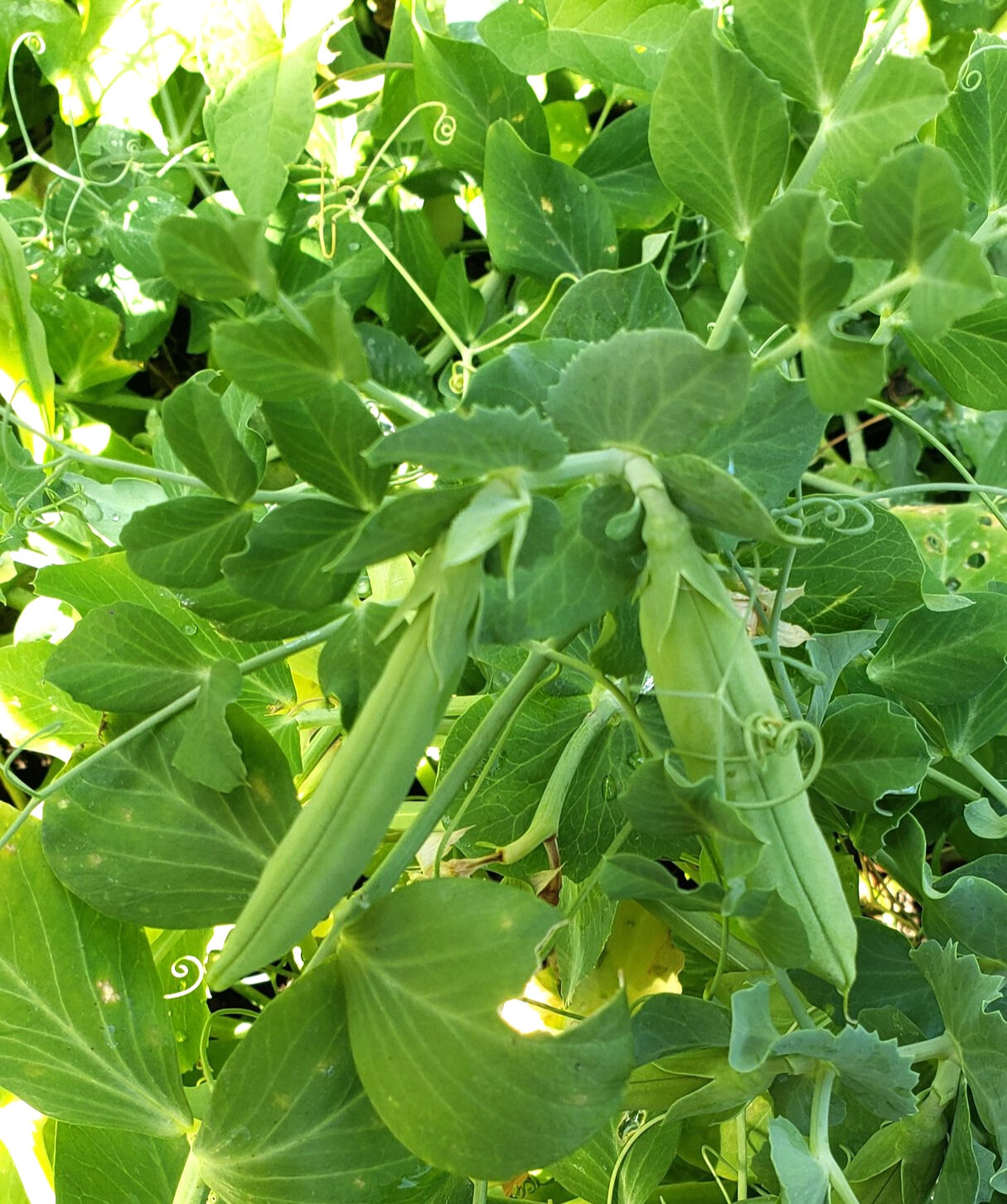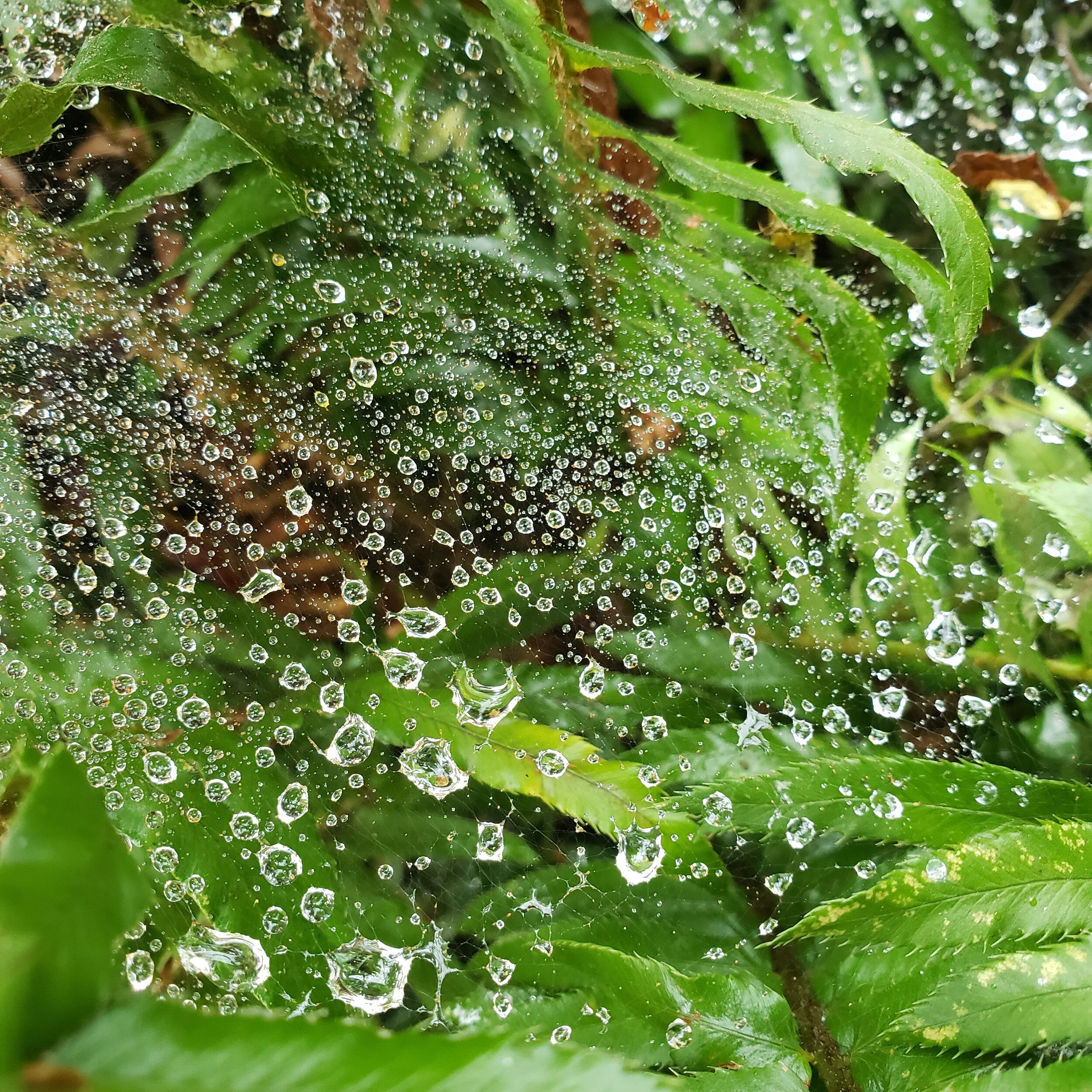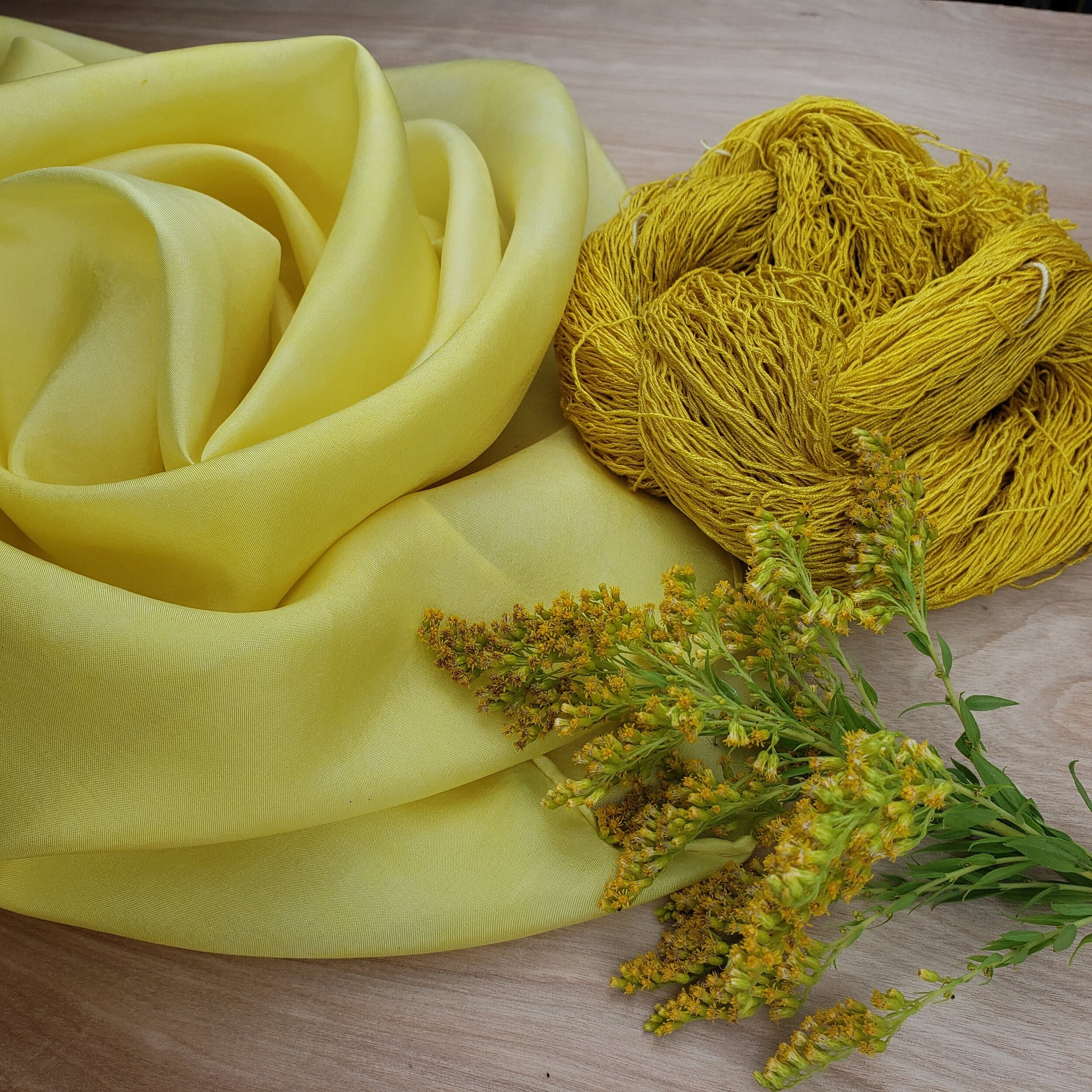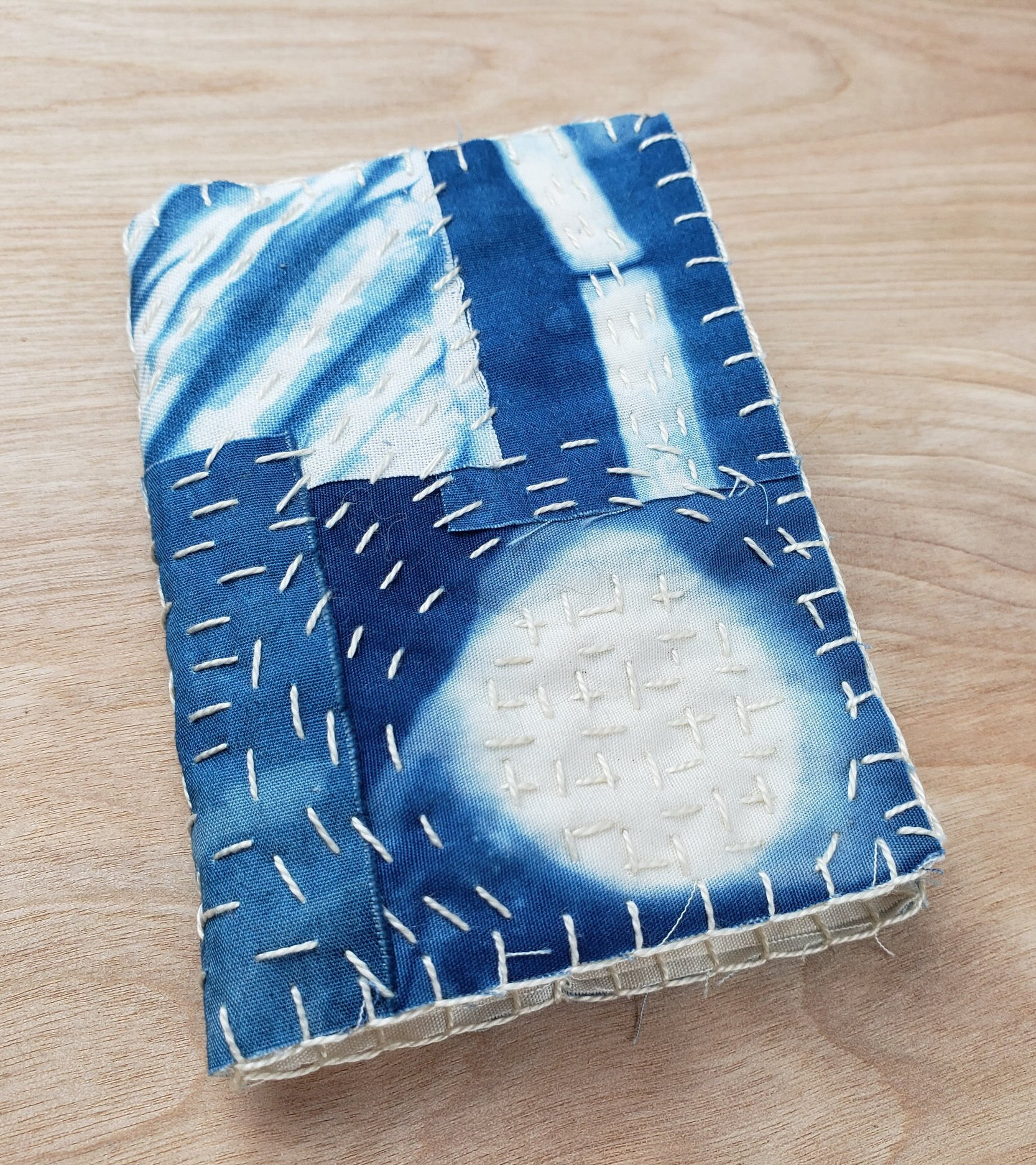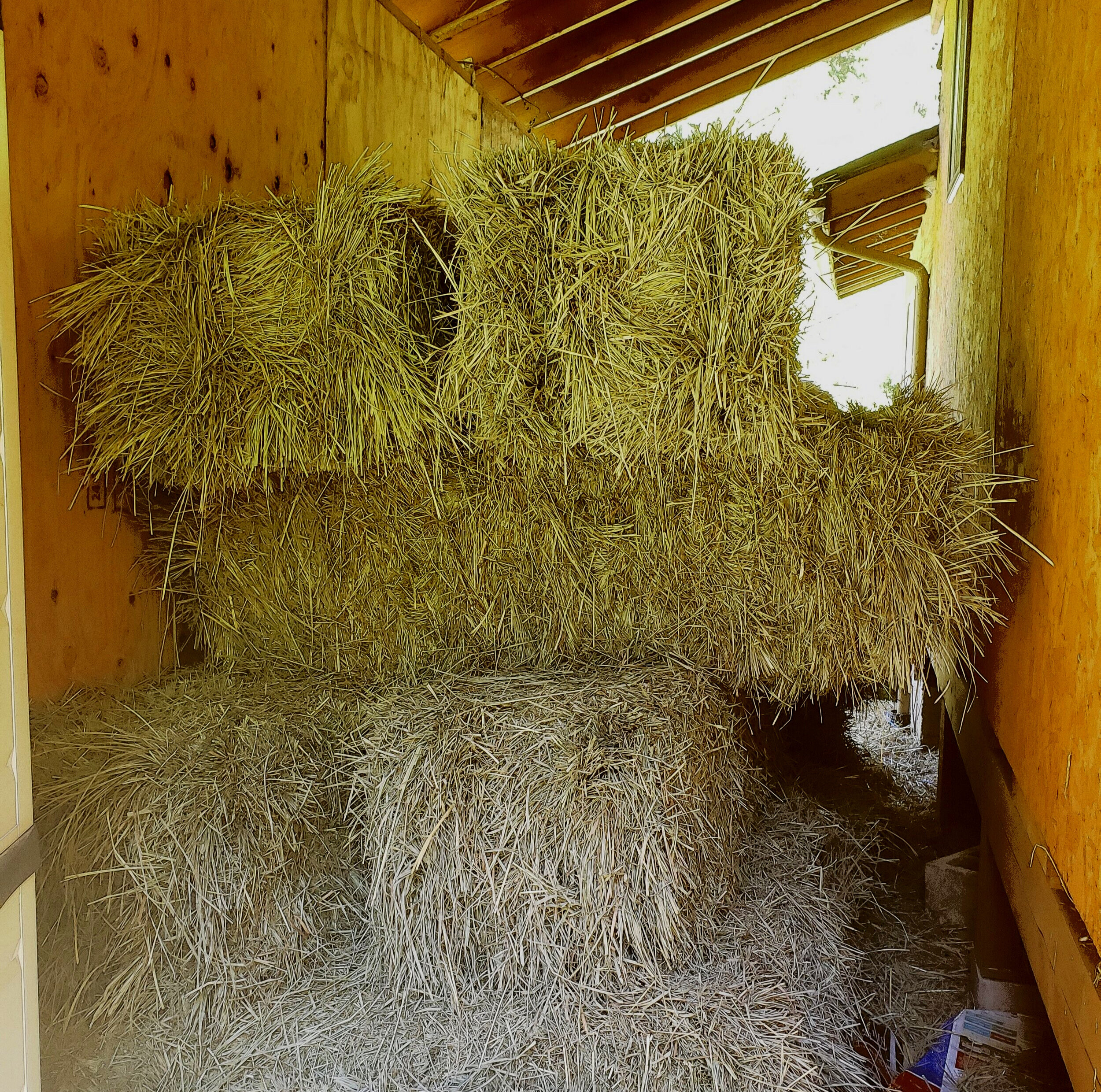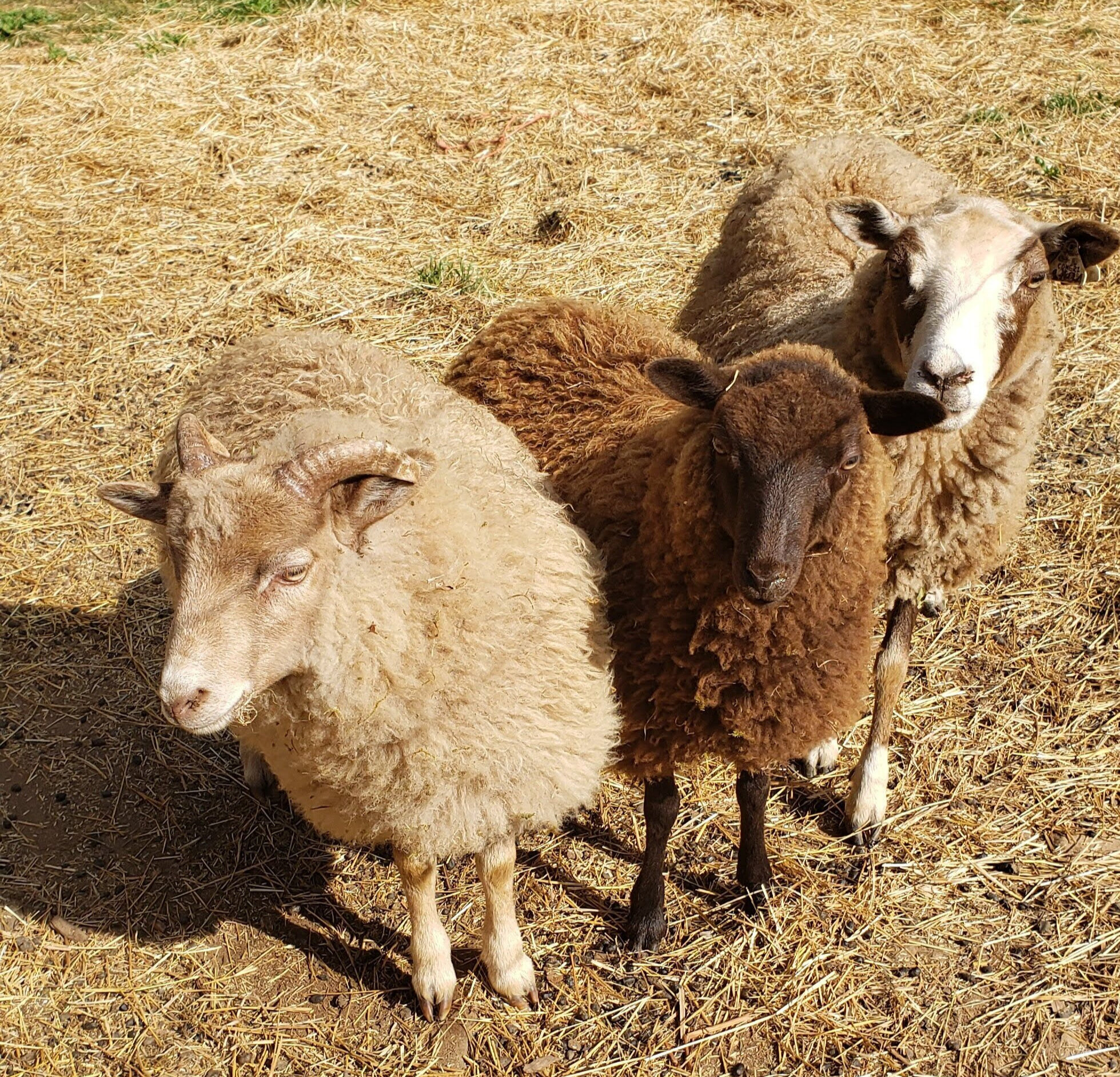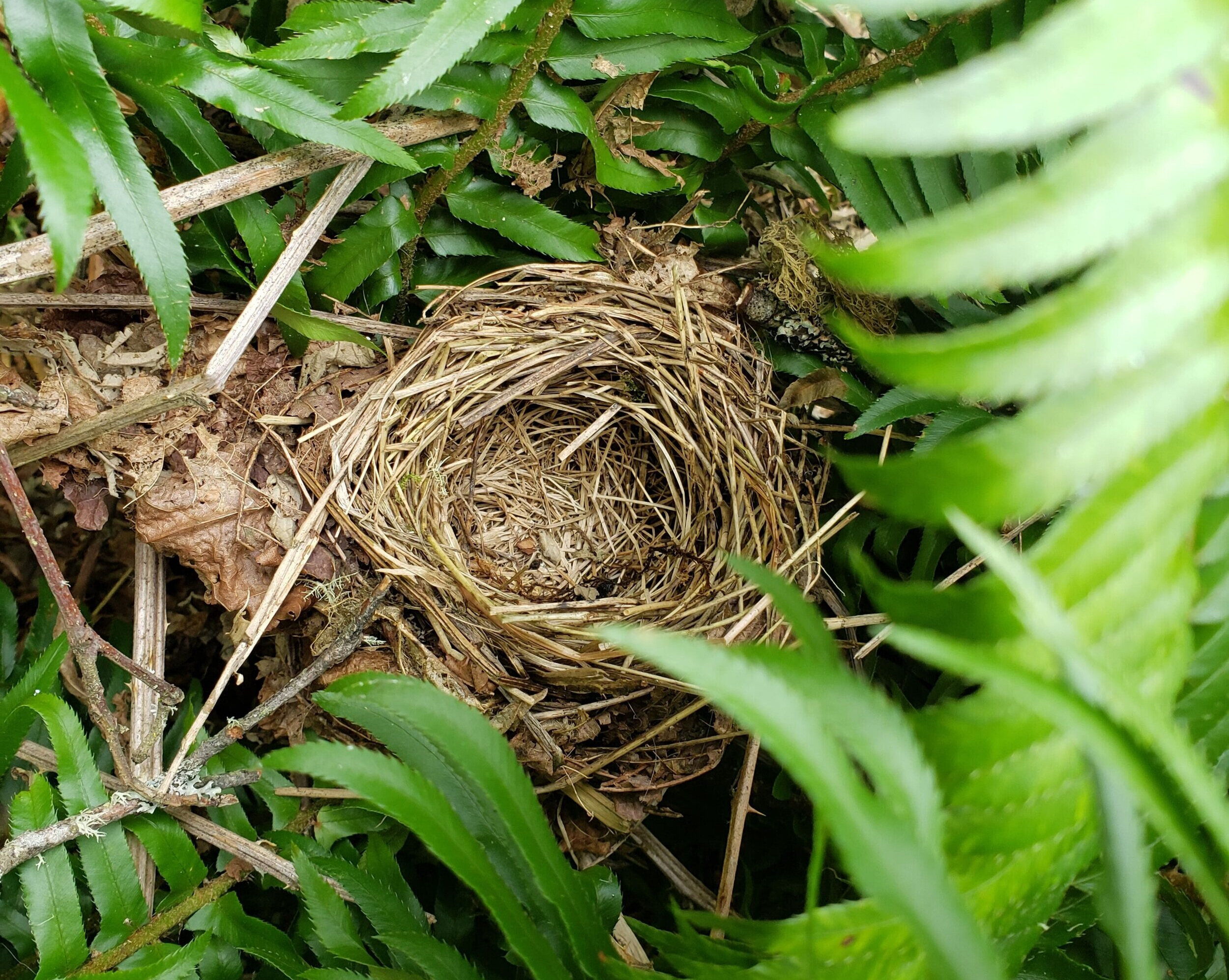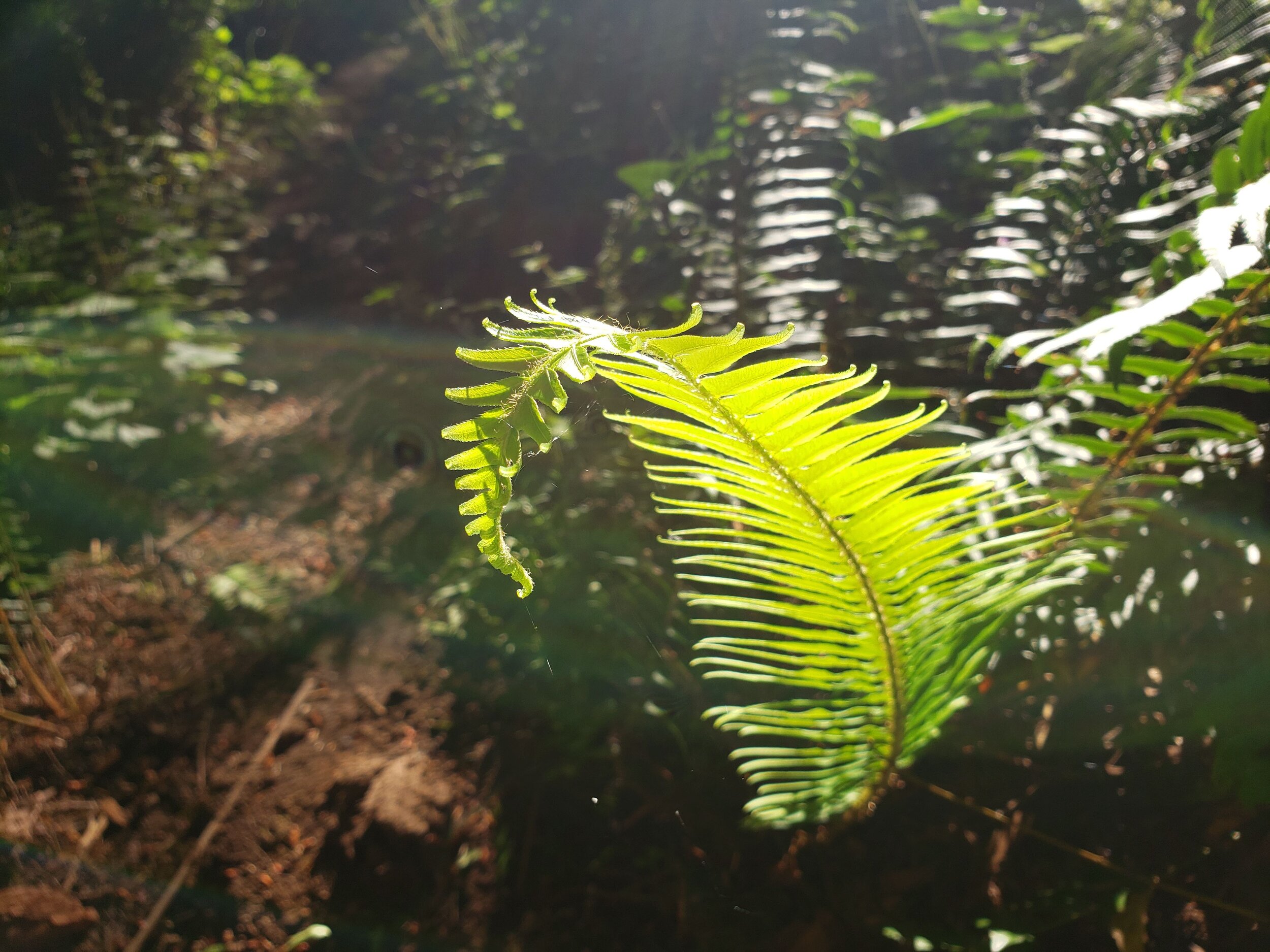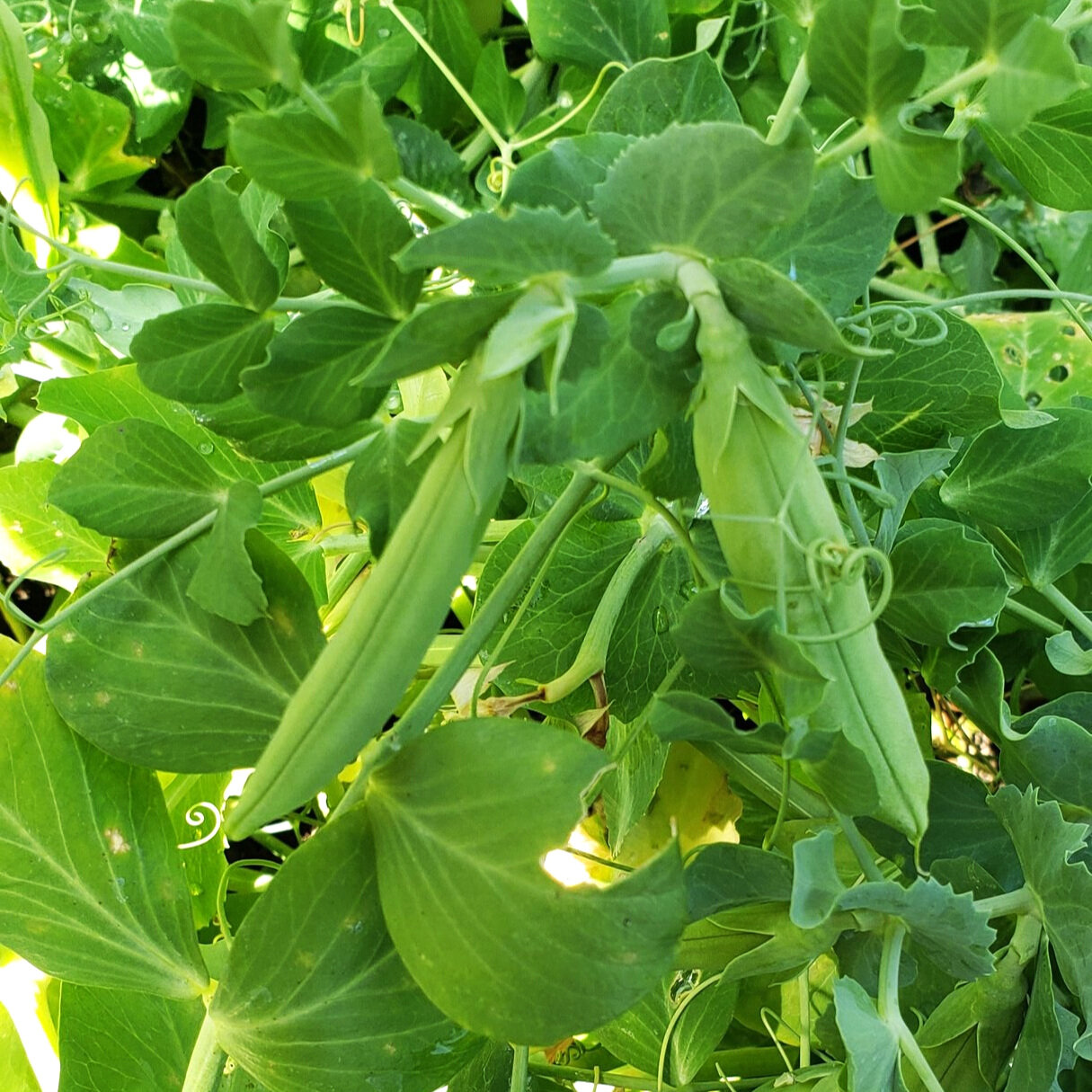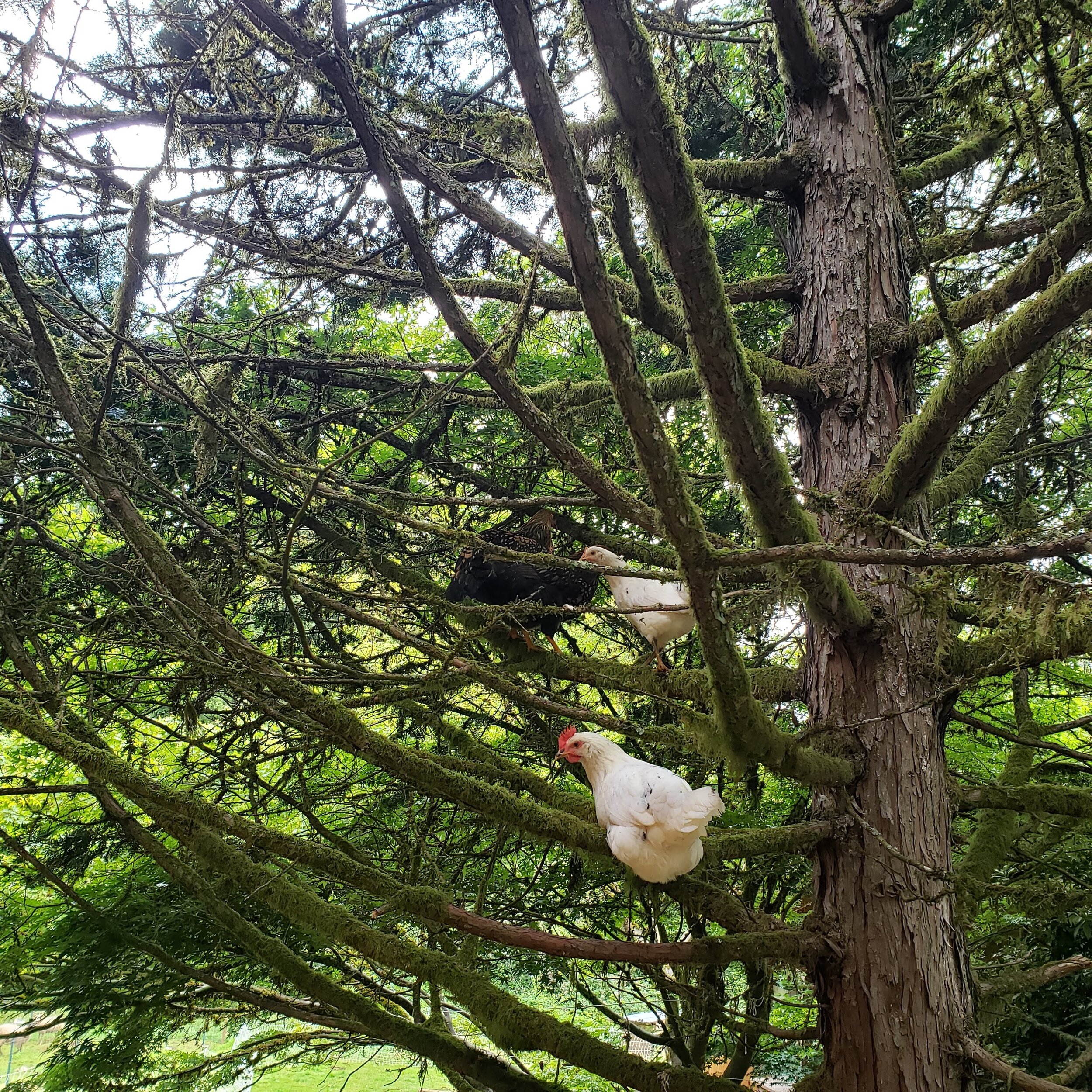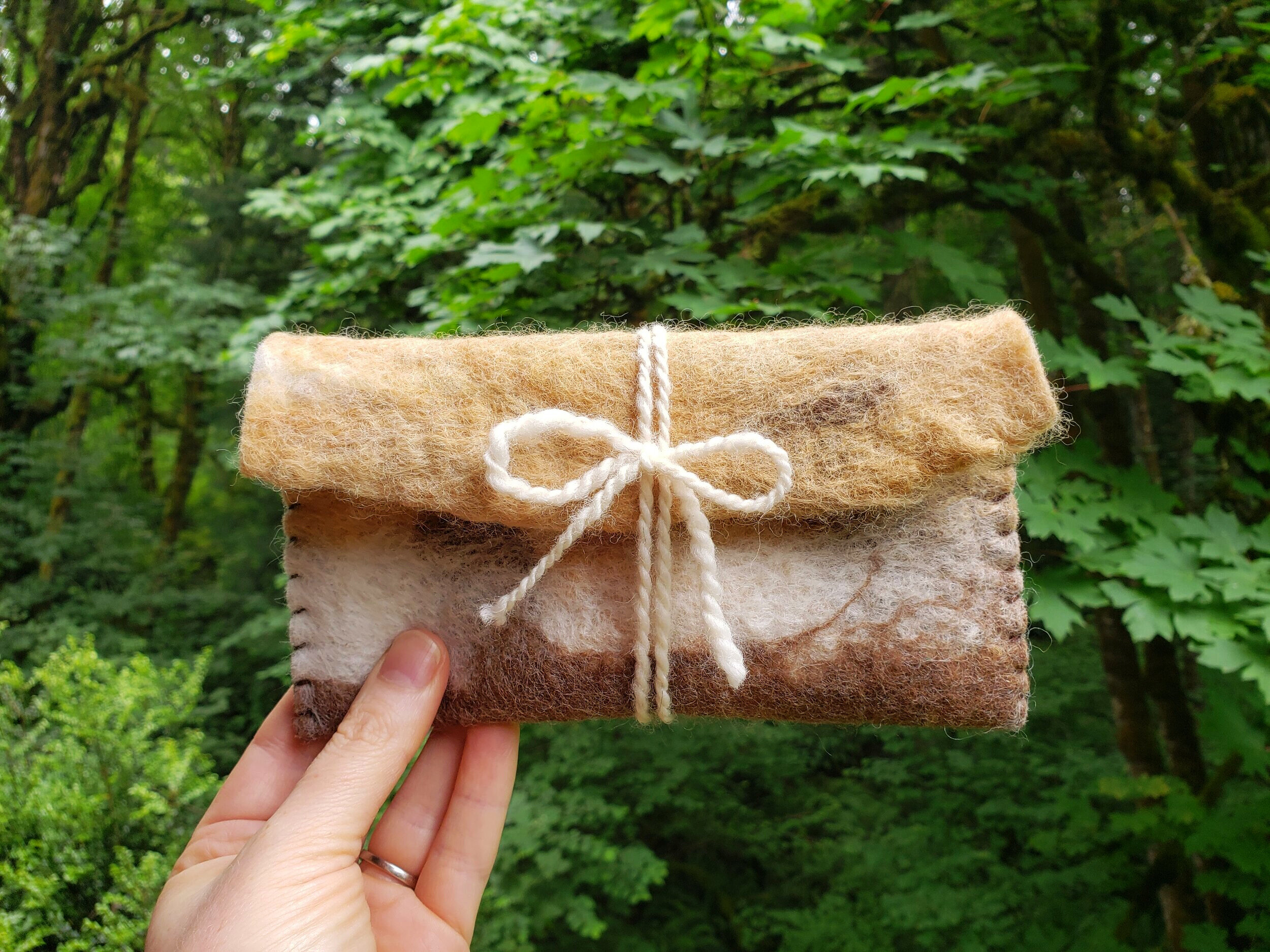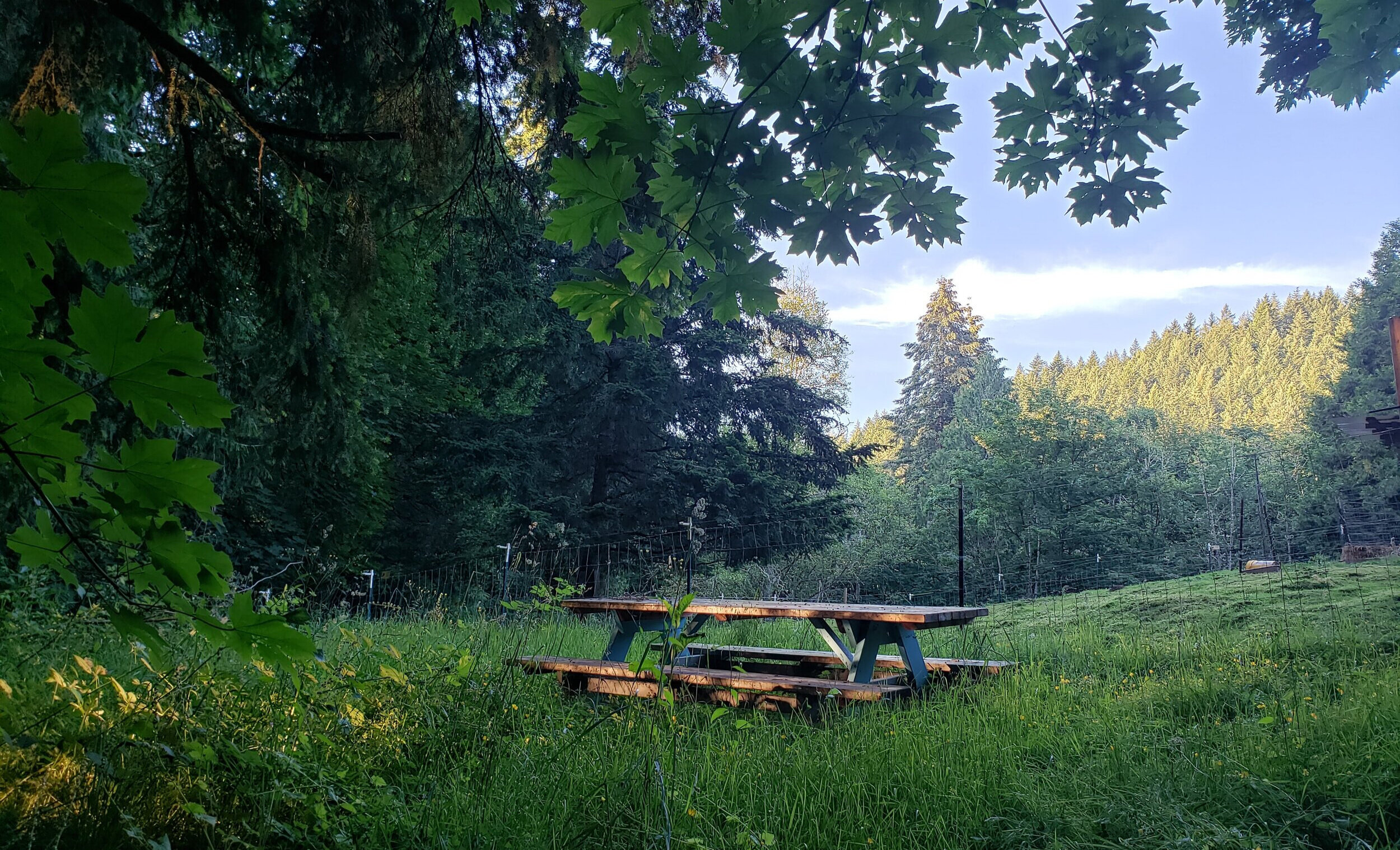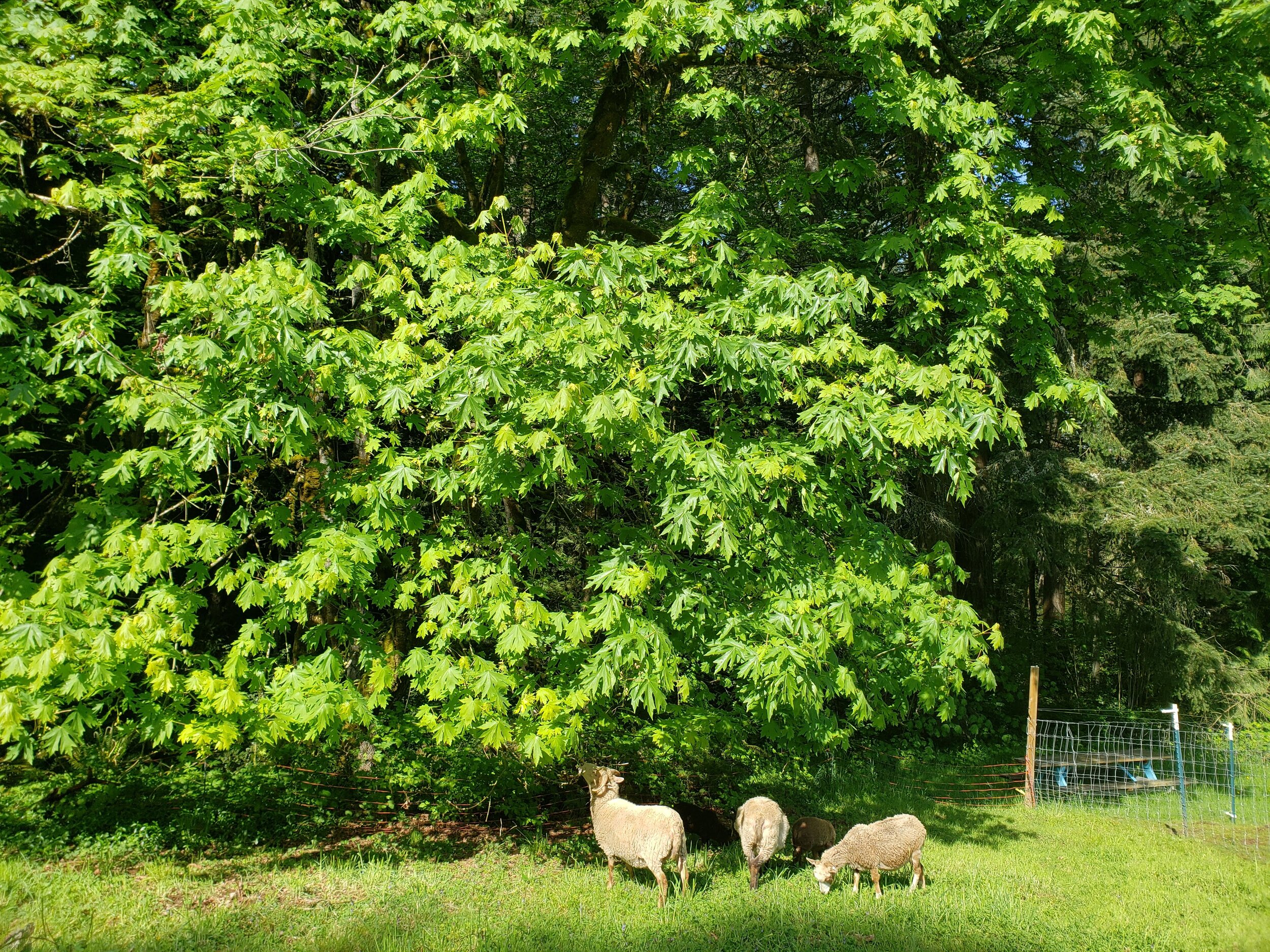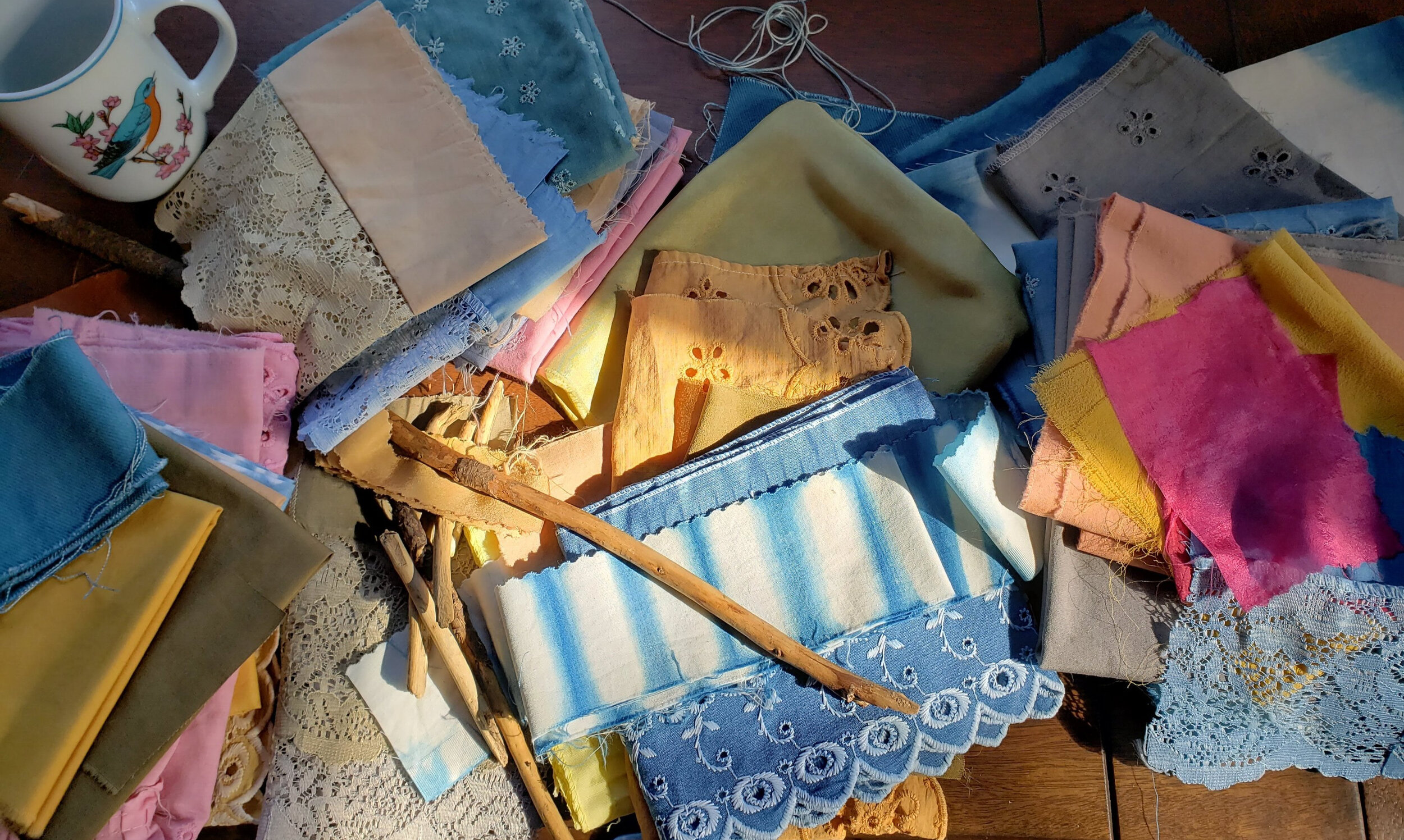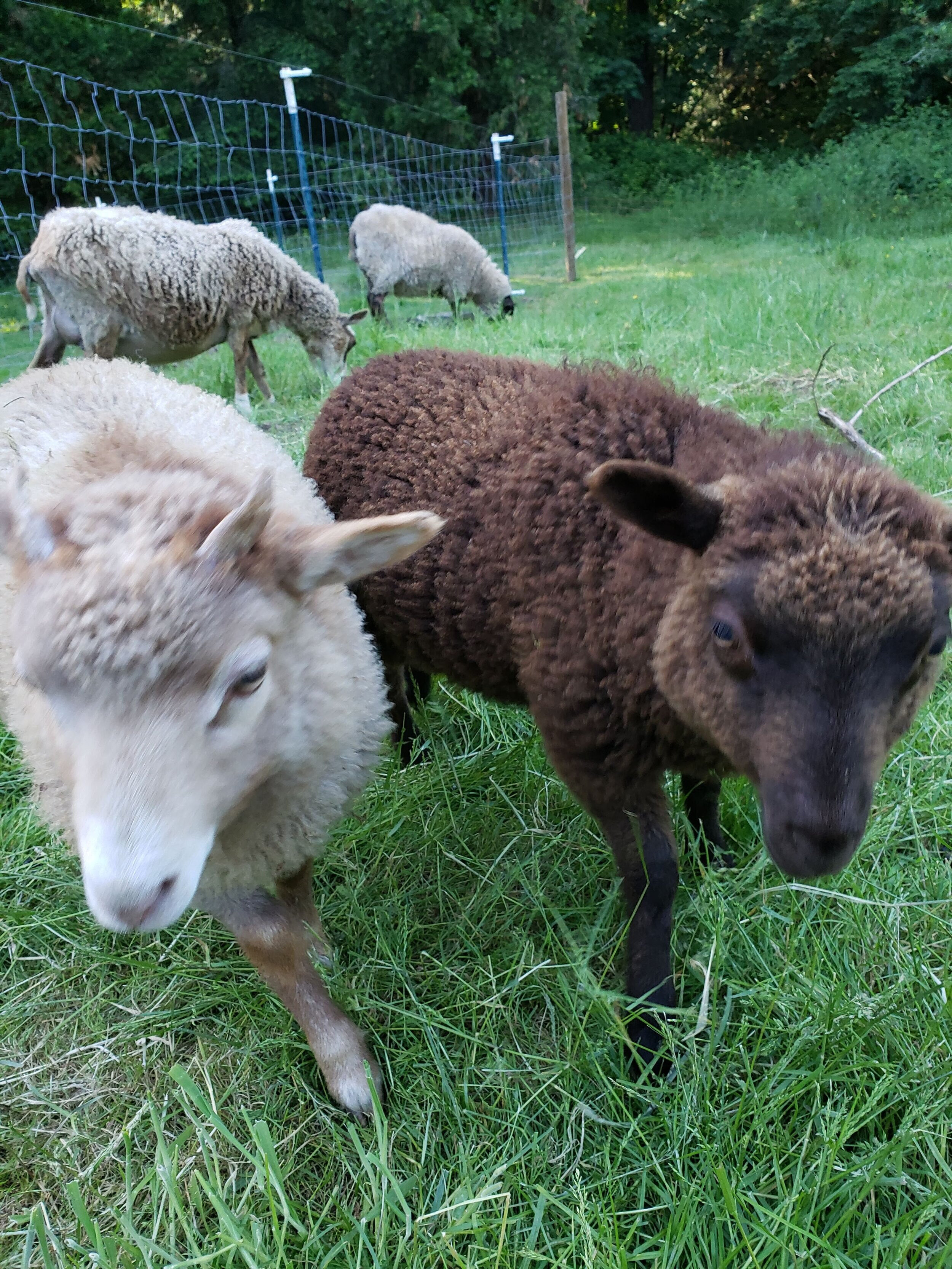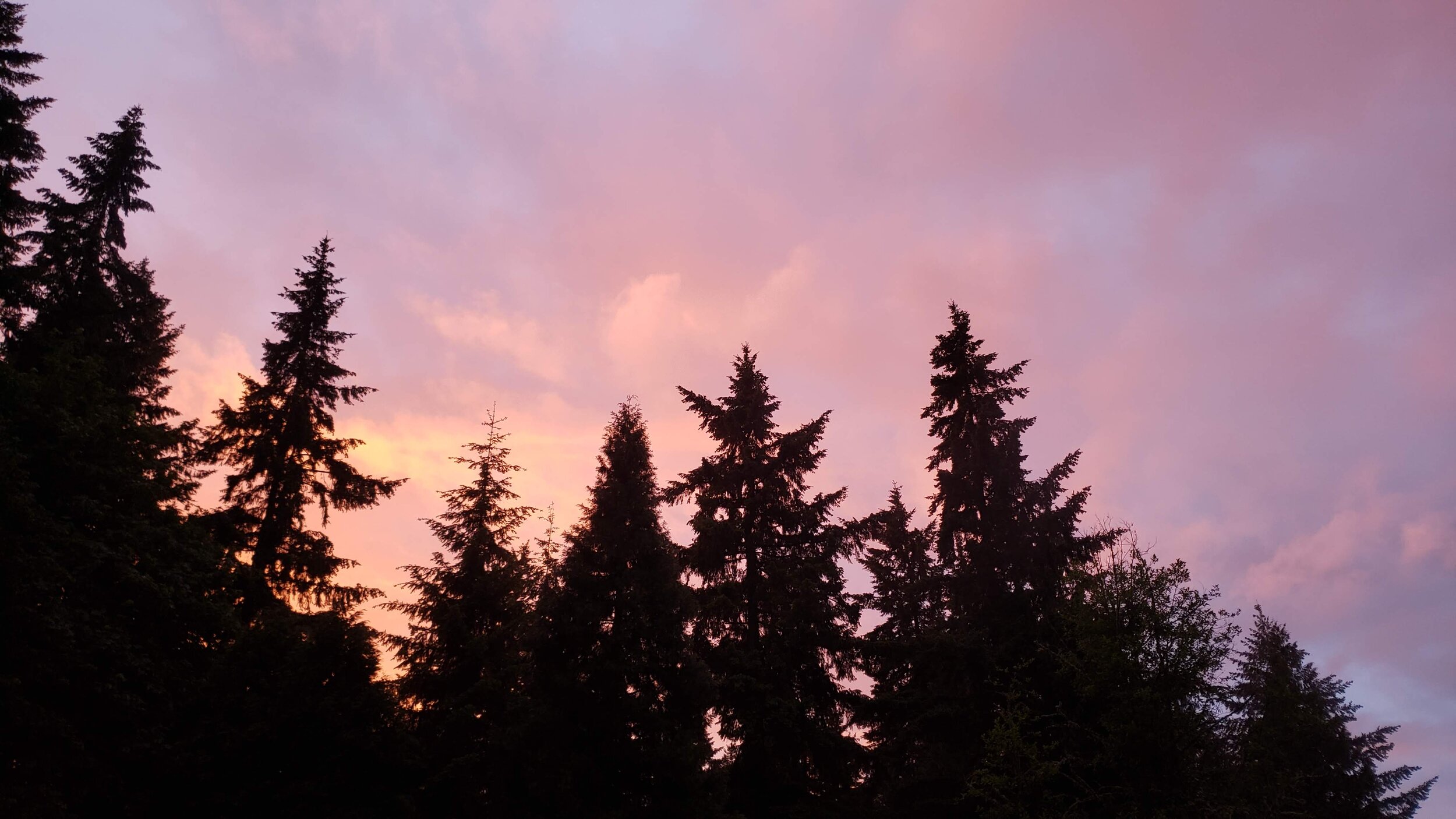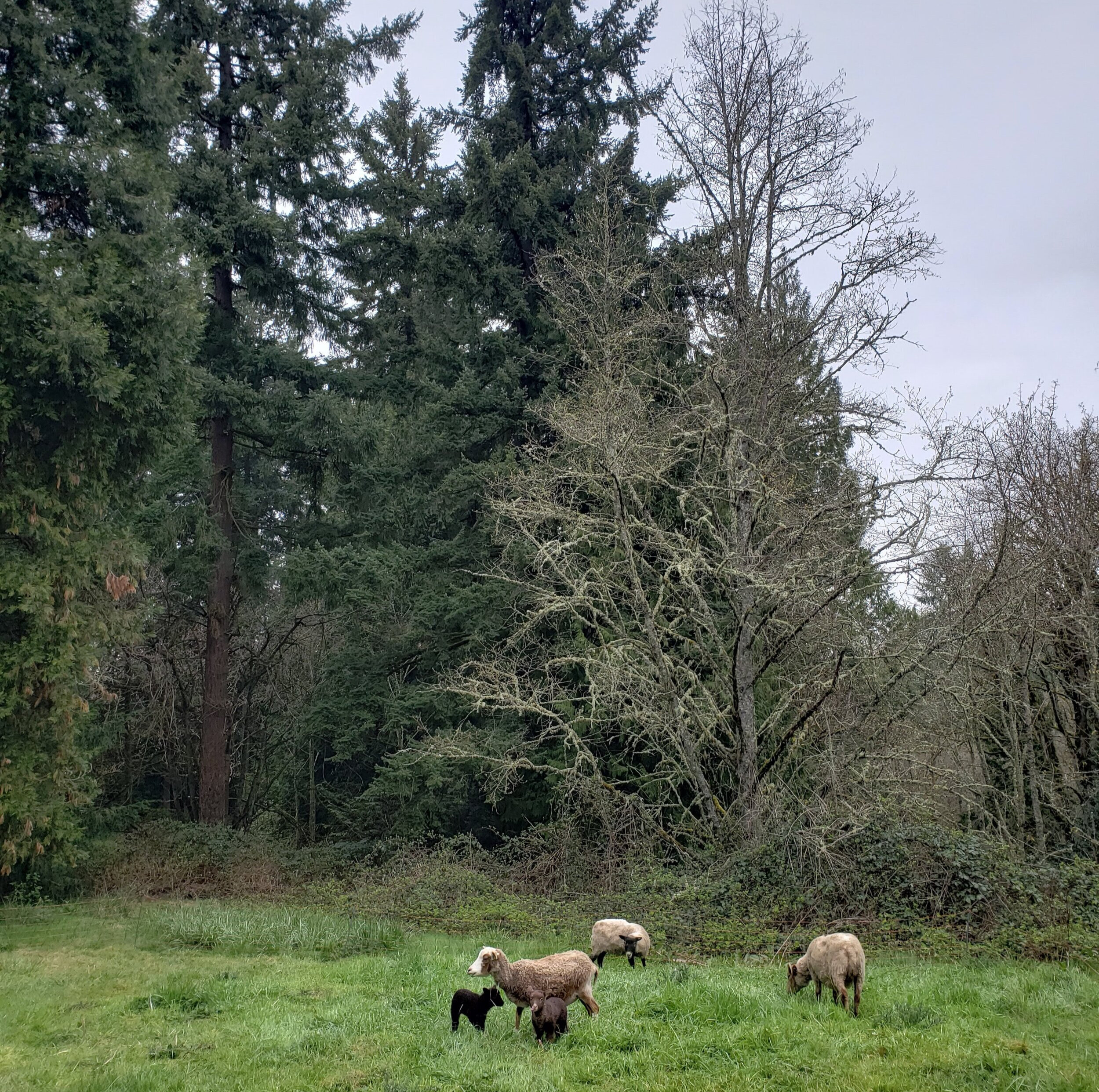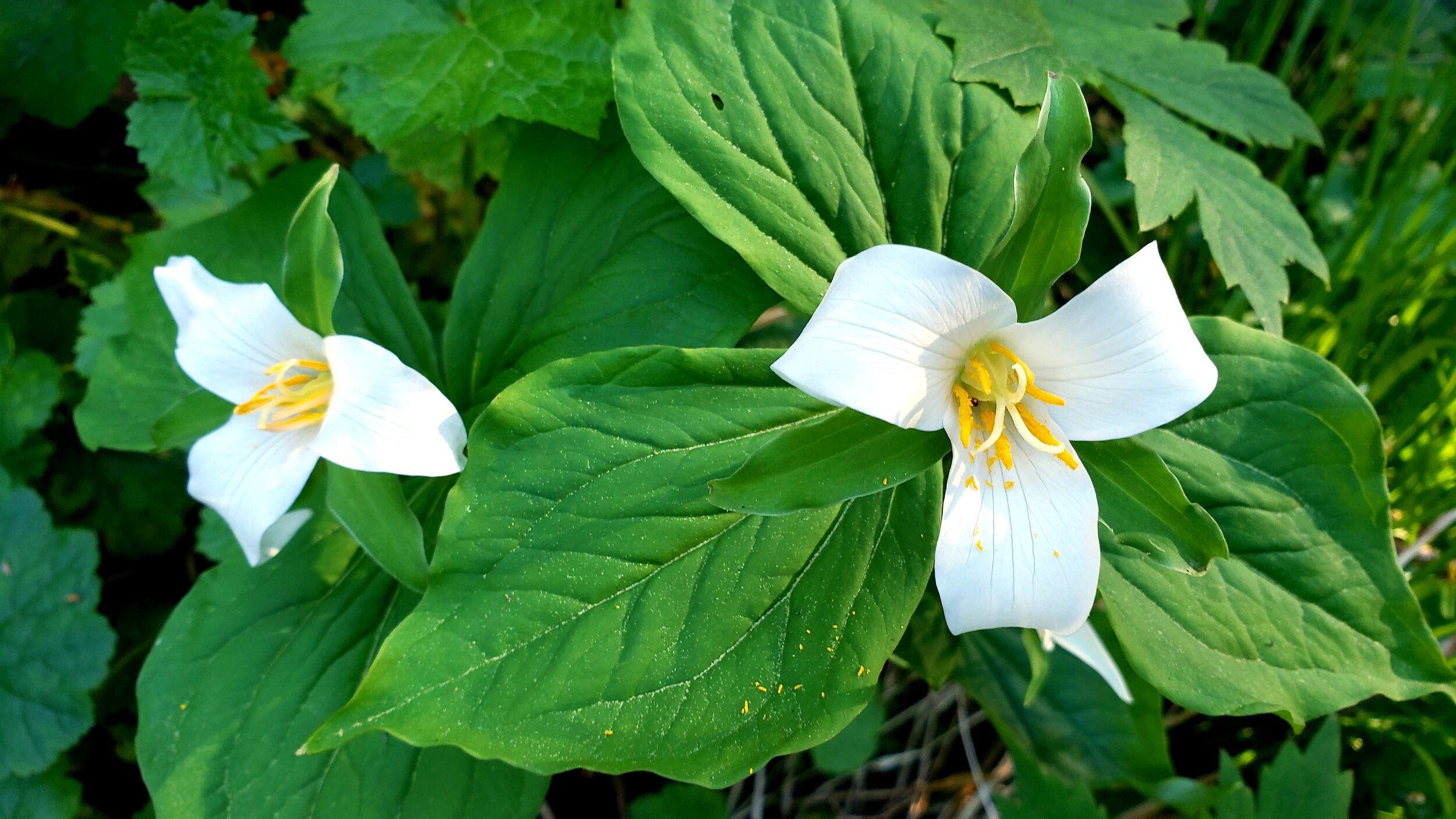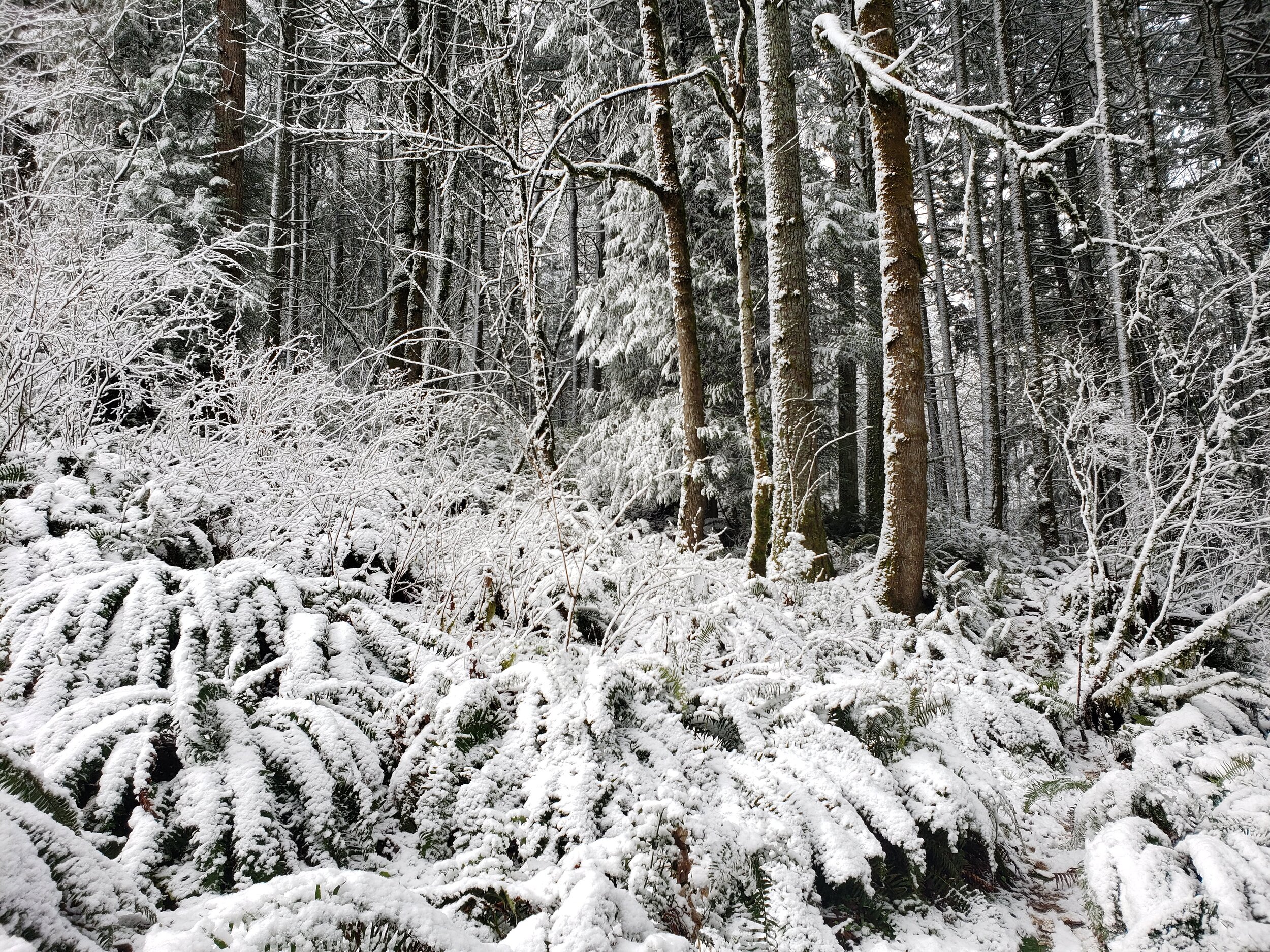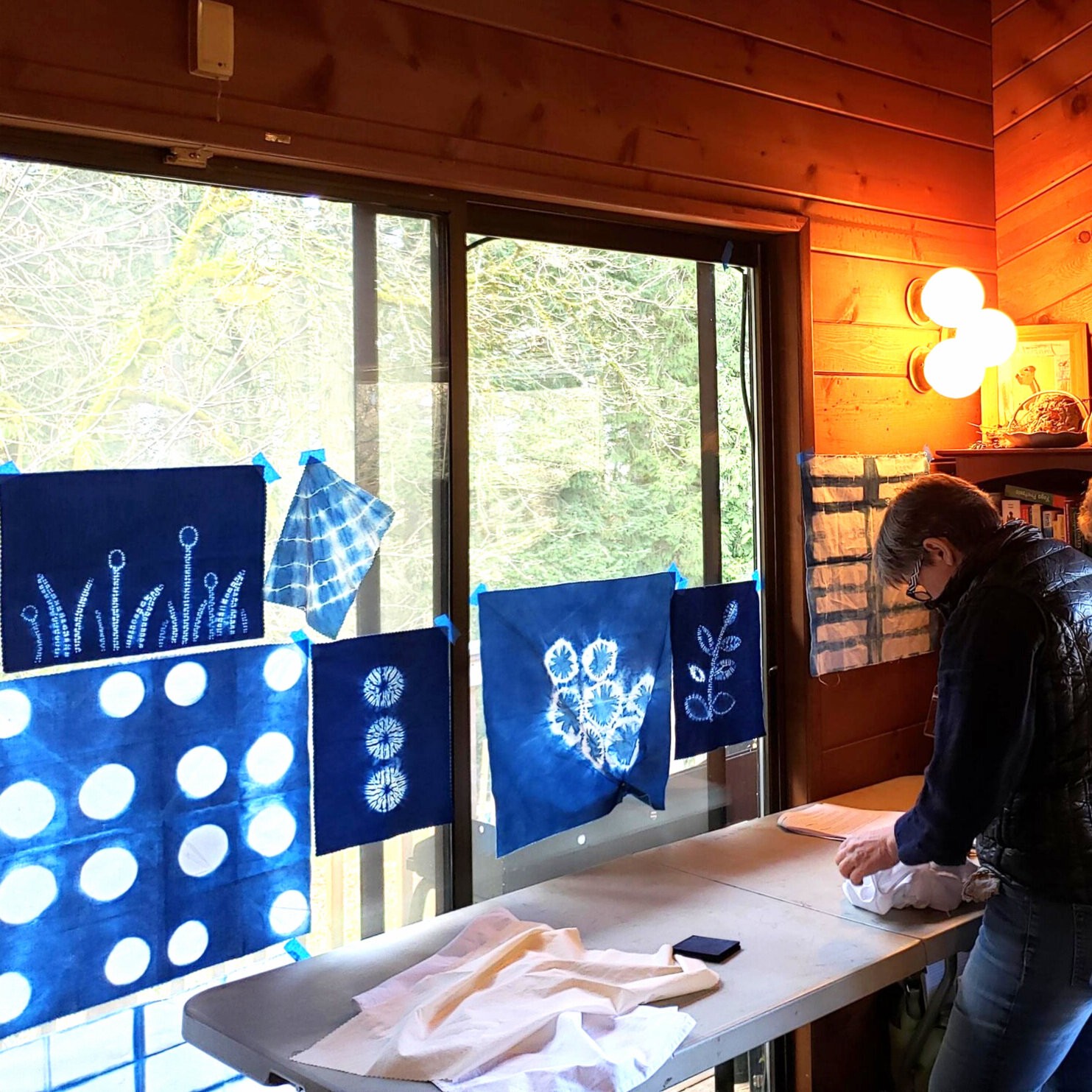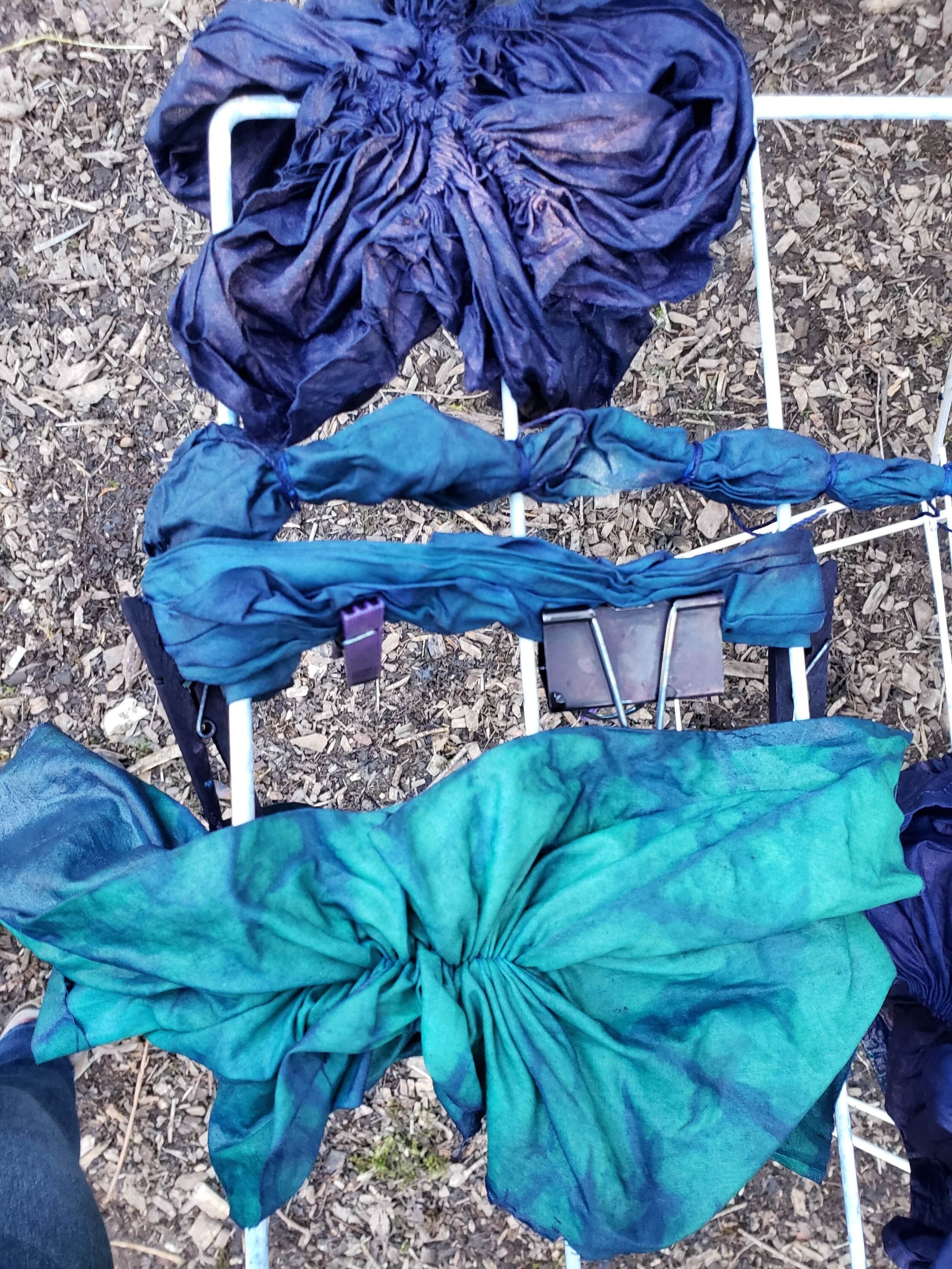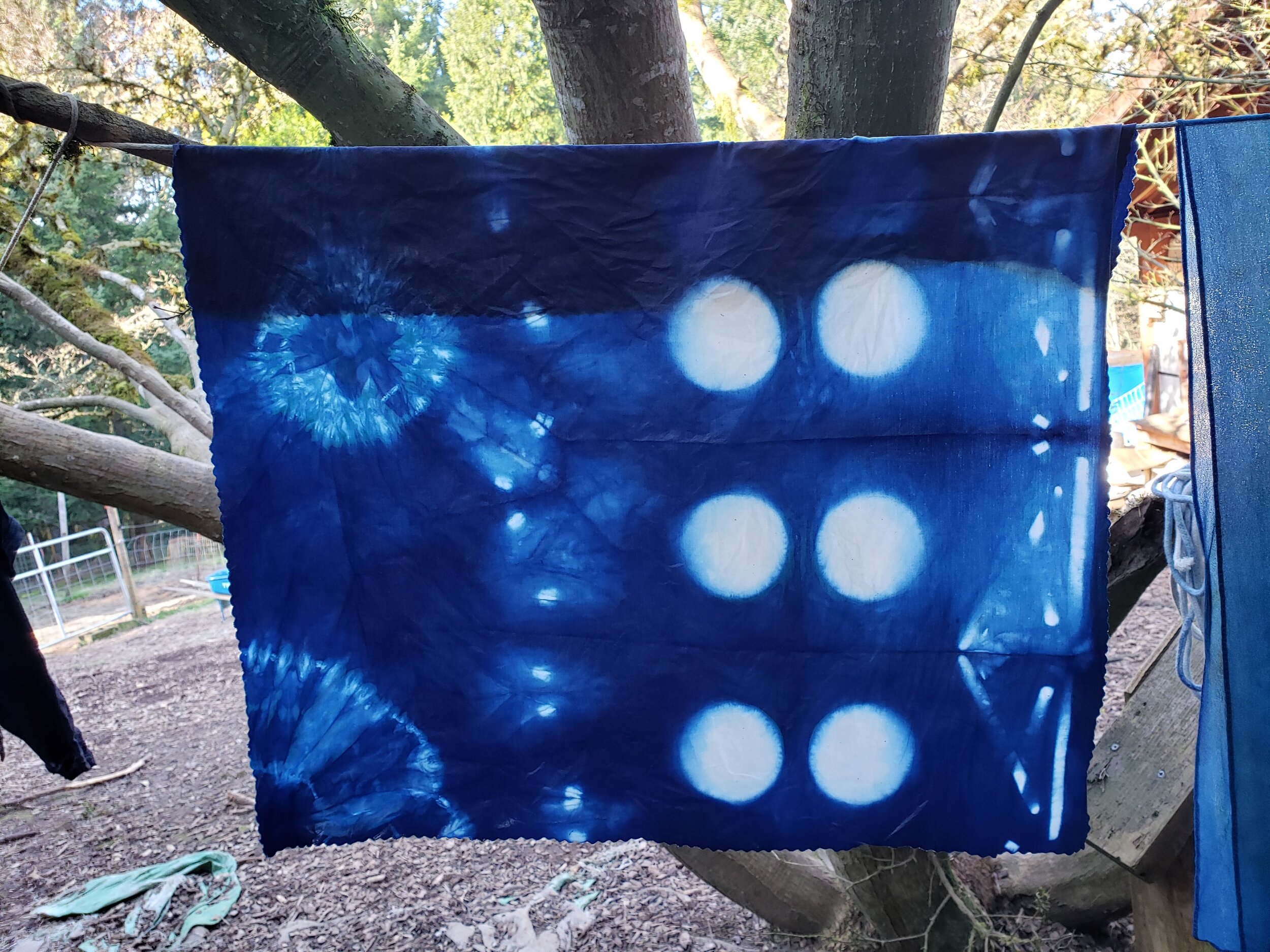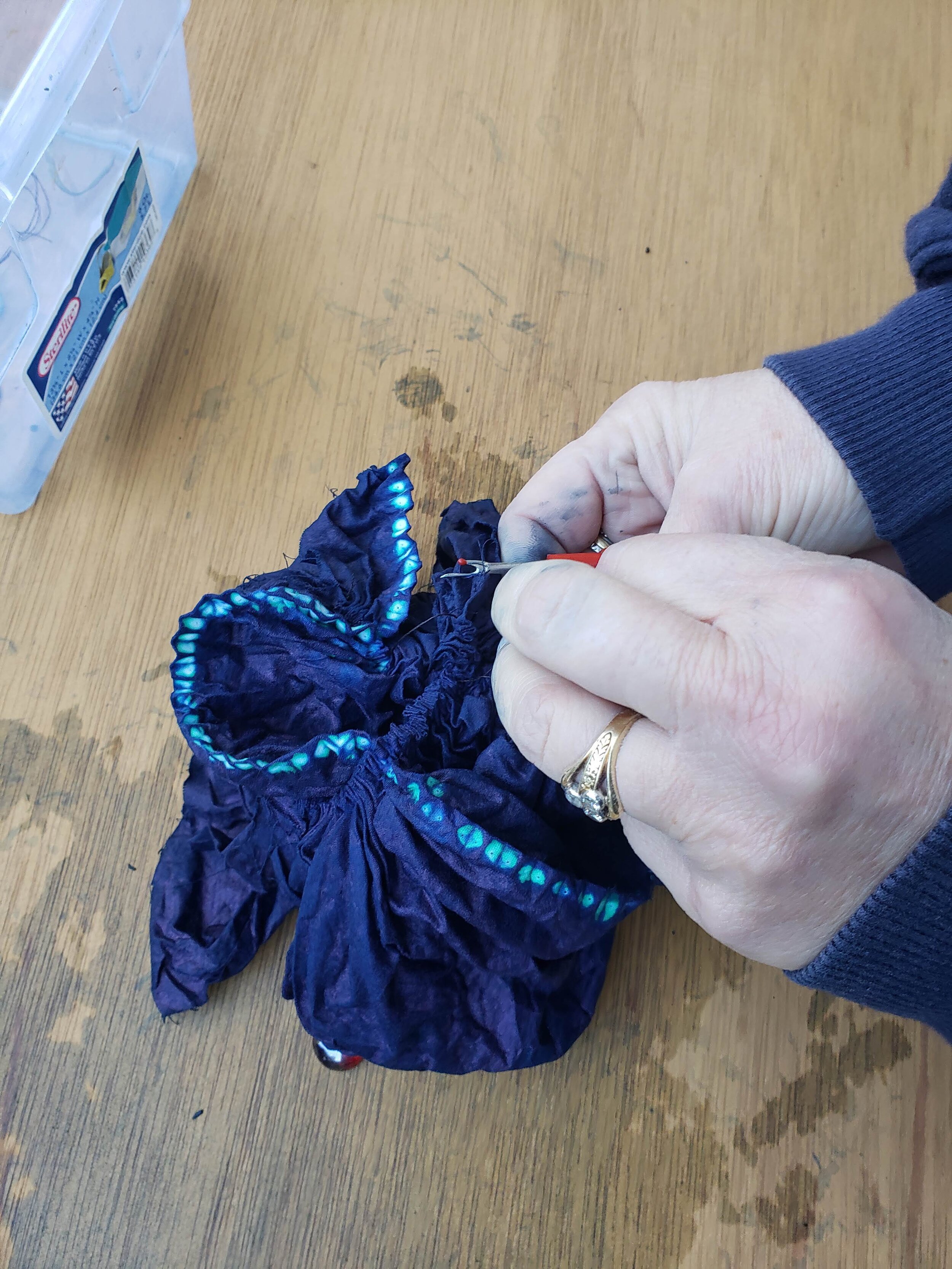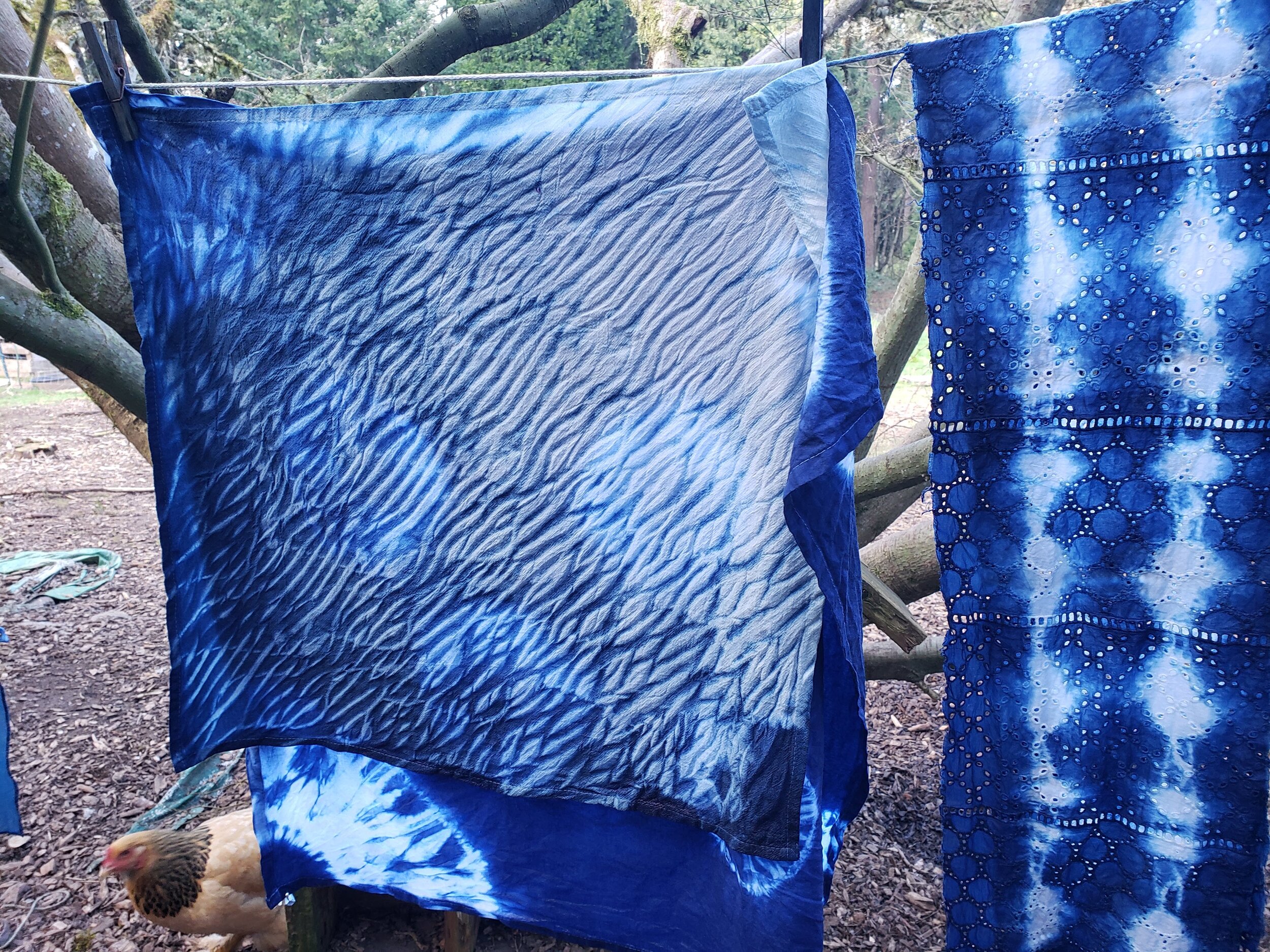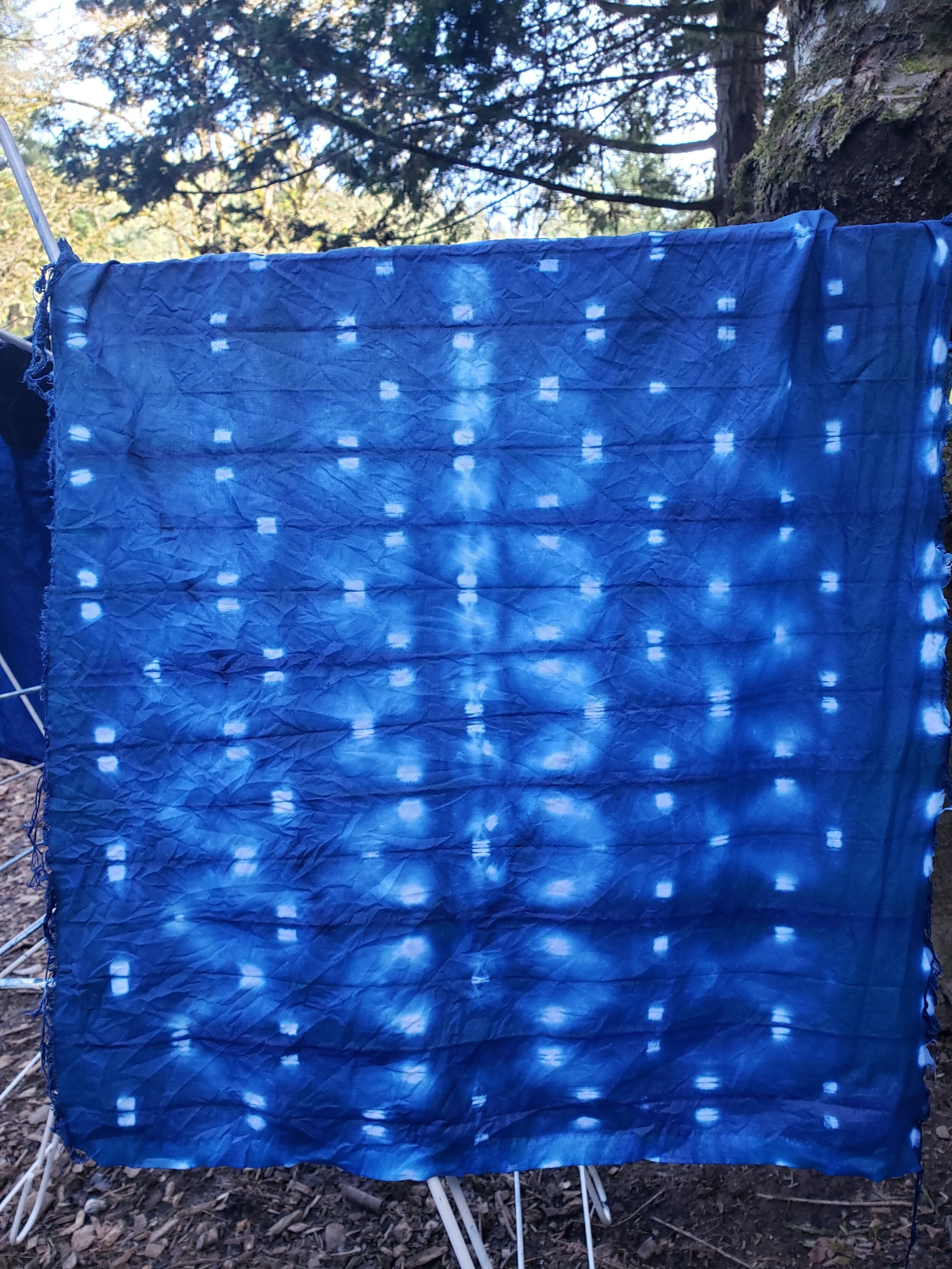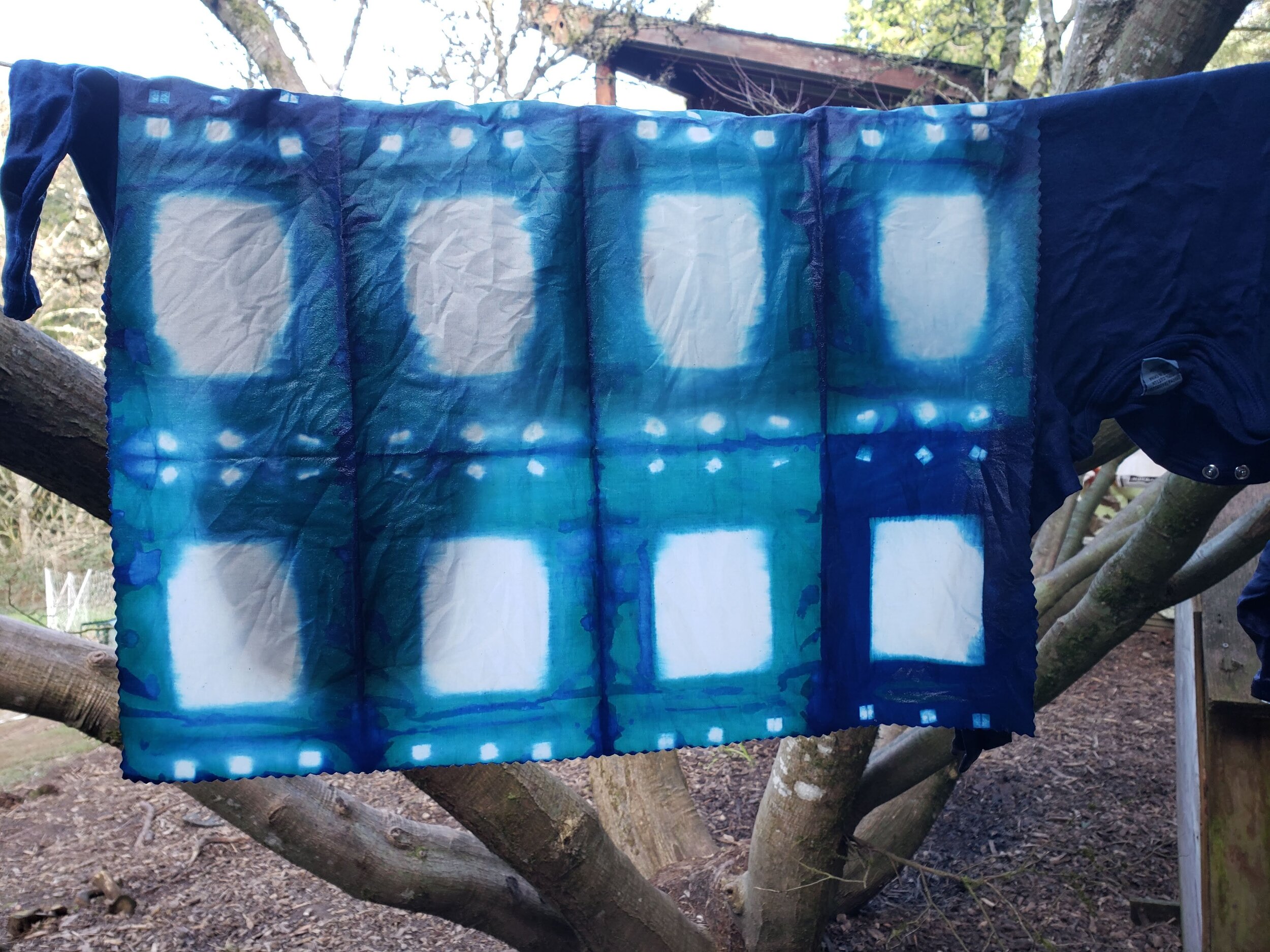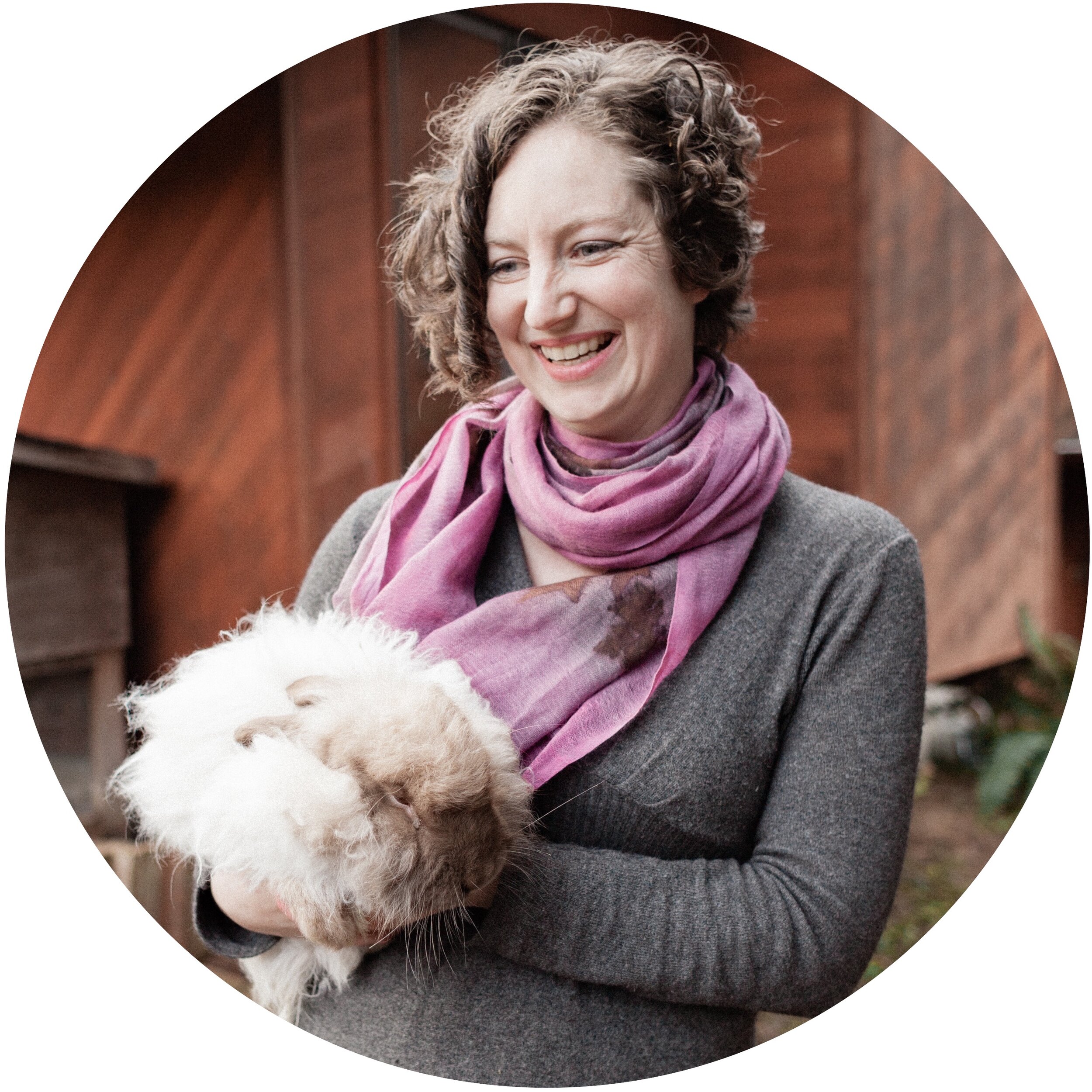The Forest Path - February 2021
/February was when our “mild winter” was no more. Freezing rain and snow and ice and wind - we got hit with some of everything. We were prepared for it and were okay being snowed in for several days but many in our community were without electricity for quite a few days. It was a brutal storm.
In between keeping the animals fed and dealing with frozen water buckets, we found some time and energy to play in the snow.
Even with all their wool, the sheep get a little grumpy about the snow. Flint was the only one who regularly came out of their shelter to explore the snow. Eventually the snow became covered with a thick layer of ice and then even Flint stayed under cover.
The ice-covered landscape was eerily beautiful. Our sprawling Japanese maple tree looked like a crystal sculpture. Ice covered everything!
When the weather warmed up just a little, we could peel ice off of the cedar trees and other plants in large pieces. These images are the ice sheets that were covering the cedar trees. They’re like cedar branch ice sculptures! The center image is a little branch with moss and lichen encased in ice. Doesn’t it look like a nature-made snow globe?
The cold weather let to lots of creative time indoors. Naturally dyed cotton rope became a new batch of baskets for the shop.
The blue and white indigo-dyed baskets really embody the wintry feel of the weather.
The storm did not leave Cedar Dell completely unharmed. The weight of the ice caused many trees and branches to fall. It was disconcerting to fall asleep at night to the regular sound of things crashing to the ground in the forest. Our sheep’s fence was damaged by large Douglas fir branches and our lovely old hawthorne tree lost most of its branches as well as large part of the trunk that split off from the rest. Time will tell if it survives.
For a brief time our water pipes froze so water couldn’t be pumped out of the well. I imagined us having to toil like the Ingalls family from Little House on the Prairie, carrying buckets of water uphill in the snow. We were able to defrost our pipes and return the plumbing to working order but we did pull out the Little House Cookbook and make molasses candy in the snow! It was delicious and you can read about how we made it in more detail on this Facebook post.
Another exciting event of February was that we started offering in-person workshops here again! We’re offering single-family and private classes as we ease back into larger groups farther down the road. We’ve had a great response to these new offerings and we can’t wait for our first visitors to arrive. It’s been such a long year of cancelled programs and it feels so great to to start welcoming people back!
For folks who can’t come here for a natural dye program, February also saw the launch of my first natural dye kit so you can create these beautiful pink colors right at home! It’s a great way to learn about natural dyeing without having to source all the materials and information separately. It went though a lot of testing and fine-tuning and I’m confident you’ll have amazing results.
I also spent a good part of February testing earring materials! I love wearing earrings and knew there had to be a way for me to combine naturally dye with earrings. It was quite a learning curve to figure out everything from the best metals are for earring wires to finding the perfect wool felt to combine with these beautiful wood shapes. It was fun to stretch my creative energy in a new direction!
(Update: They’re finished and tested and available in my shop!)
Unlike last month where we shared some significant downsizing of our animals here at Cedar Dell, this month we added a few. Inky, our Holland Lop doe we got in December had 4 adorable babies on February 23. Rabbits often don’t have successful litters their first time so we are especially thrilled (and relieved) that Inky had 4 healthy babies and is doing a fantastic job taking care of them. The fluff in the nest is fur that Inky pulled from her chest to make a cozy, warm spot for her babies. It’s a normal process and doesn’t hurt her because the fur loosens on her body so she can pull it out easily. They may not look too cute when they’re first born but they will be adorable soon! We are looking forward to seeing them grow.
Next month we should have some lambs!
Luckily the weather warmed up quite a bit and it wasn’t so cold when the baby rabbits were born. It was even nice enough to do some fabric dyeing outside. After all the snow and ice I was ready for some springtime colors! These naturally dyed play silks are available at Whimsy Burrow, an adorable kids shop not too far from us.
I’ll sign off this month with this picture of an indigo bunting waving in the wind. I sewed this from scraps of fabric dyed by summer campers in years past. It looks lovely against the backdrop of the snowy forest but hopefully next month’s photos will be full of sunshine, spring flowers, and more baby animals.
You can find all of our monthly Forest Path posts and more by clicking here!
And, as always, catch up with us throughout the month on social media.


